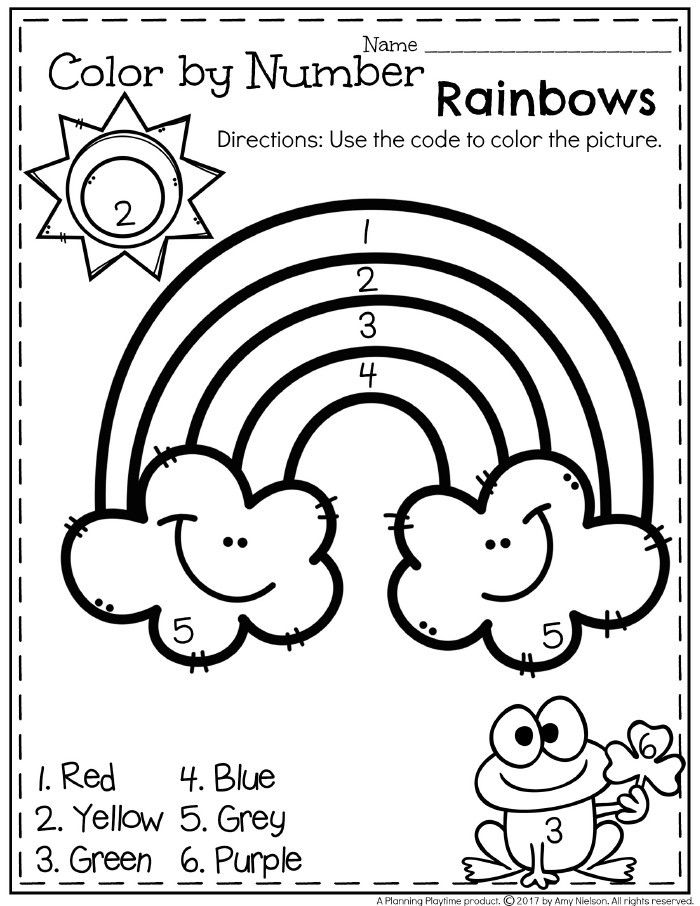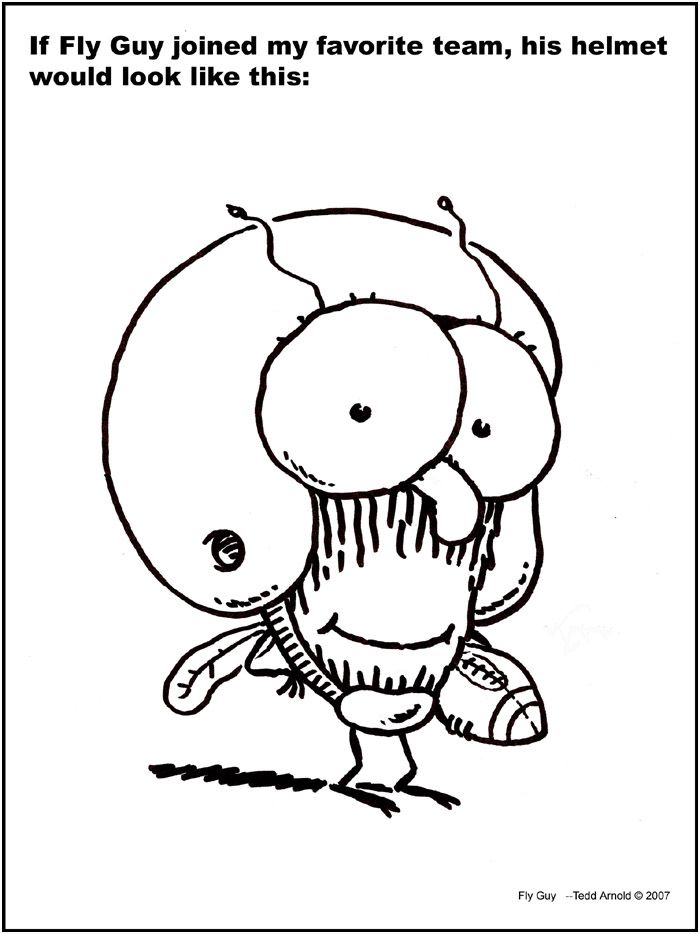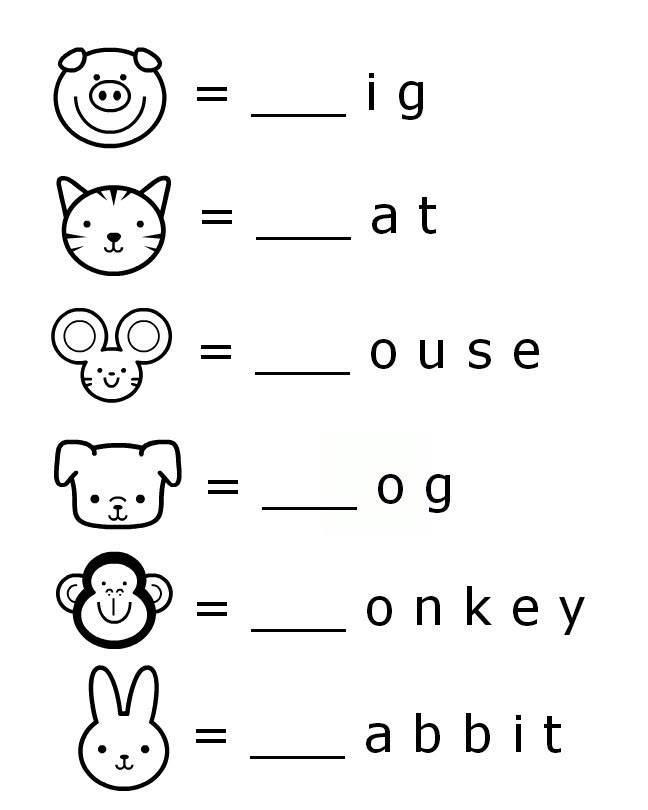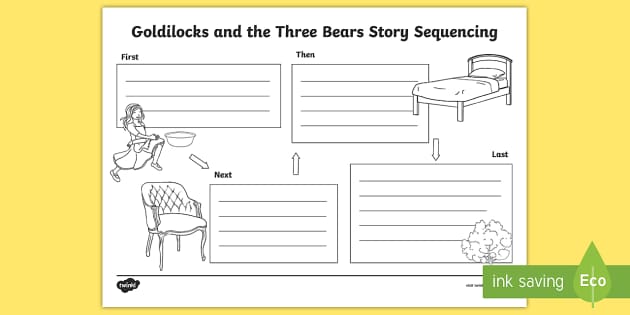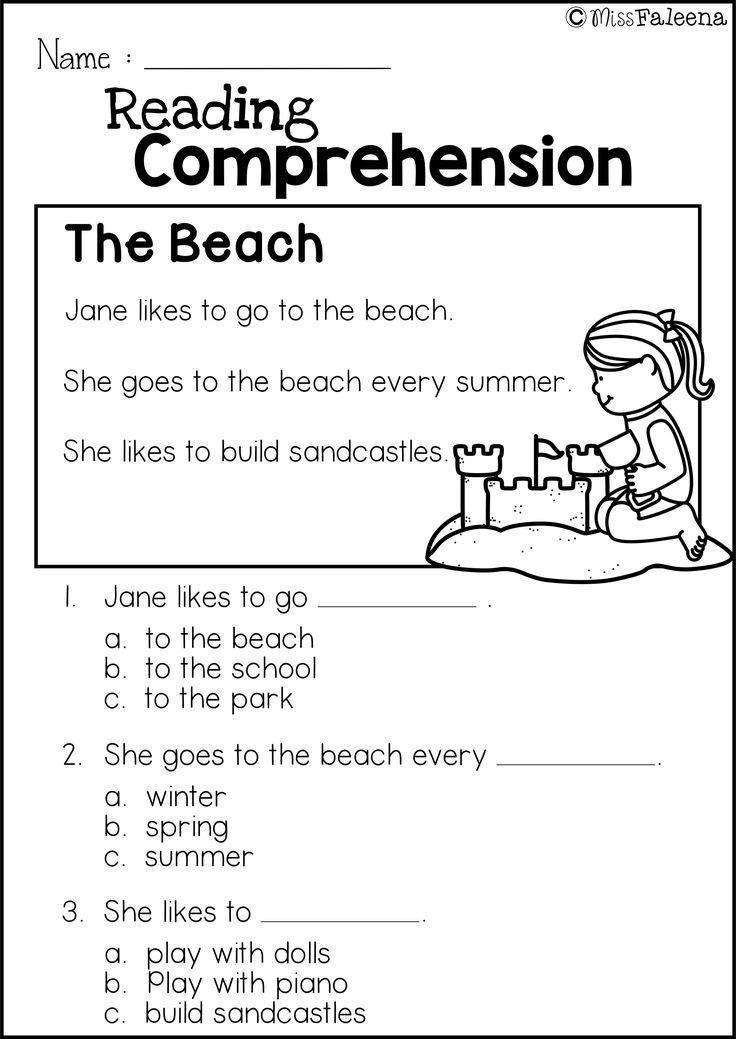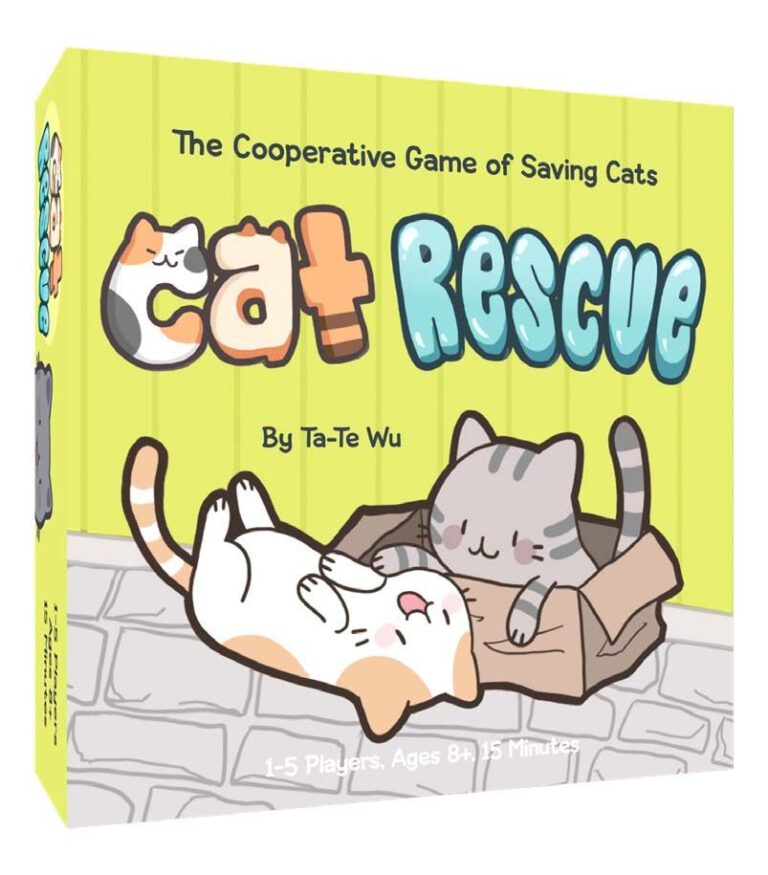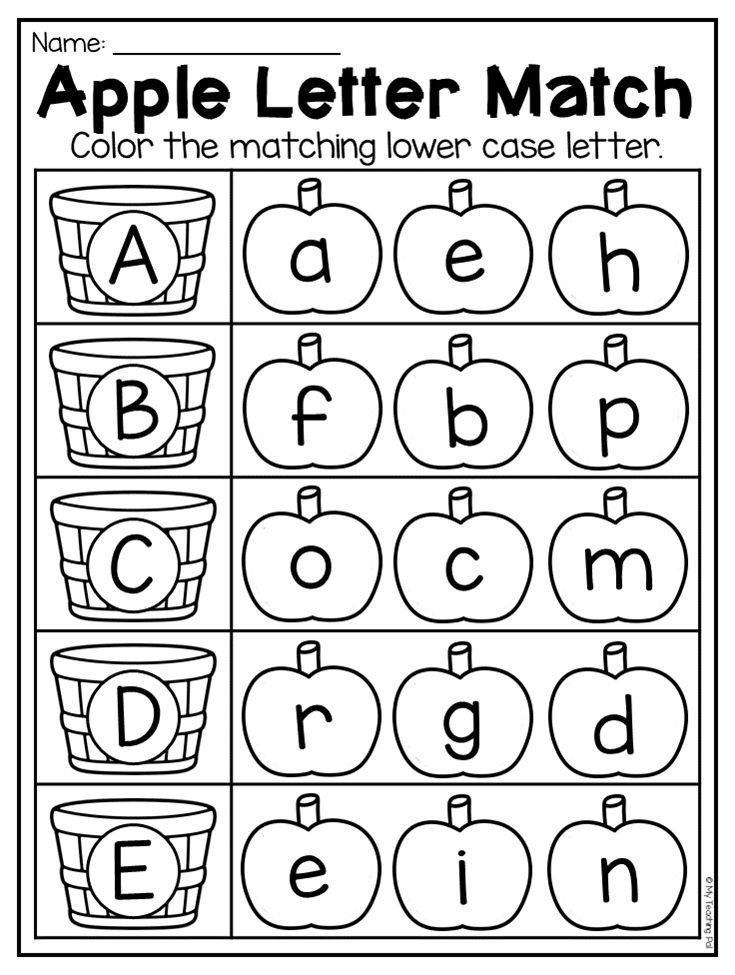Empathy activities for preschoolers
23 Fun Empathy Activities for Kids + (Printable) Kindness Challenge
- Share
- Tweet
How to Teach Empathy to Kids:
4 Tips + 23 Empathy Activities for Kids + Printable Kindness Challenge
Empathy Activities for Kids: In this post, we will explore tips, advice, and activities on how to teach empathy to kids. You will also be able to download a fun printable kindness challenge.
What is Empathy?
Empathy is the ability to understand or sense the feelings of others (people, animals).
Empathy has emotional and cognitive components:
- Emotional empathy is the ability to experience another person’s emotional state.
- Cognitive empathy is the ability to imagine another’s person’s emotional experience.
For example, if a child sees his friend crying, emotional empathy motivates the child to want to help, but cognitive empathy brings the understanding that the other child is sad and may need to be comforted. (The Development of Empathy. Mcdonald & Messinger, 2011 )
The latter develops later, once children are able to understand that other people’s perspectives and experiences are different from their own.
When does empathy develop?
Recent studies suggest that empathy may start developing at a very early age, with newborn babies displaying distress reactions, early precursors of empathic reactions, when exposed to the sound of another crying infant (Martin & Clark 1982)
By the age of two, toddlers engage in a range of empathic behaviors when somebody manifests distress, like:
- facial expressions
- displays of warmth and support/attempts to comfort (hugging)
- verbal expressions of support (I’m sorry, what happened?)
Cognitive development develops later, once children are able to understand that other people’s perspectives and experiences are different from their own.
Toddlers’ prosocial behavior evolves from physical reactions to distress to verbal comfort and advice, sharing, and distracting the person in distress
(Source: Zahn-Waxler et al 1992a)
What factors contribute to empathy development?
Research suggests a variety of factors that may influence the development of empathy:
- Genetics
- Neural development
- Temperament
- Environmental or socialization factors
We may not be able to influence the first ones, but we can act on the environmental and socialization factors.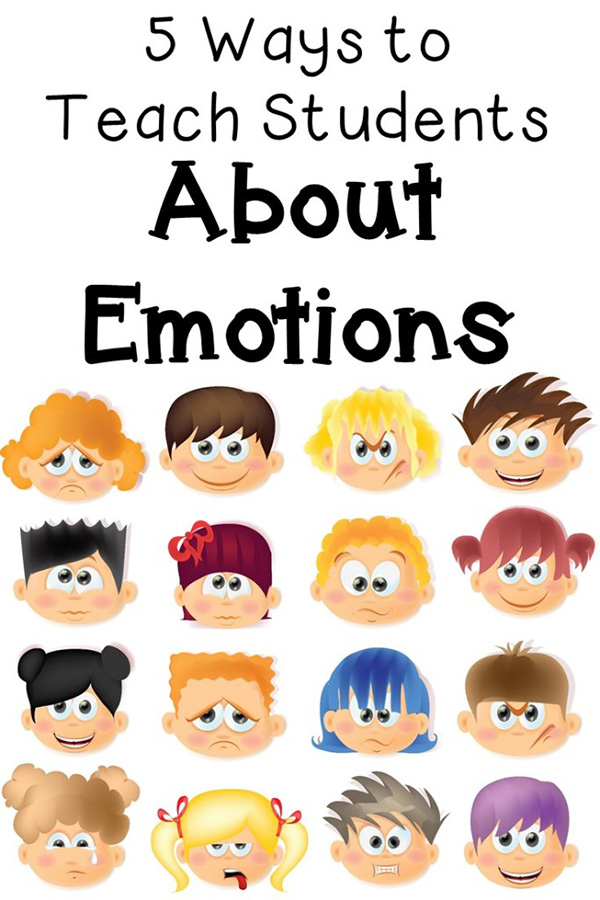
Why is it Important Teaching Empathy to Kids
Empathy plays an important role in our social and emotional development:
- it may contribute to internalizing rules and learning right from wrong (Aksan & Kochanska 2005)
- it promotes prosocial behaviors like helping others
- it relates to social competence
- it improves the quality and duration of friendships and relationships
(Disclosure: We are a participant in the Amazon Services LLC Associates Program, an affiliate advertising program designed to provide a means for us to earn fees by linking to Amazon.com and affiliated sites. As an Amazon Associate, I earn from qualifying purchases. There may also be other affiliate links in this post. You can also read our Disclosure & Disclaimer policy here)
How to Teach Empathy to Kids
Although some of the factors that affect empathy development seem to be predetermined, there are also socialization factors that we can influence.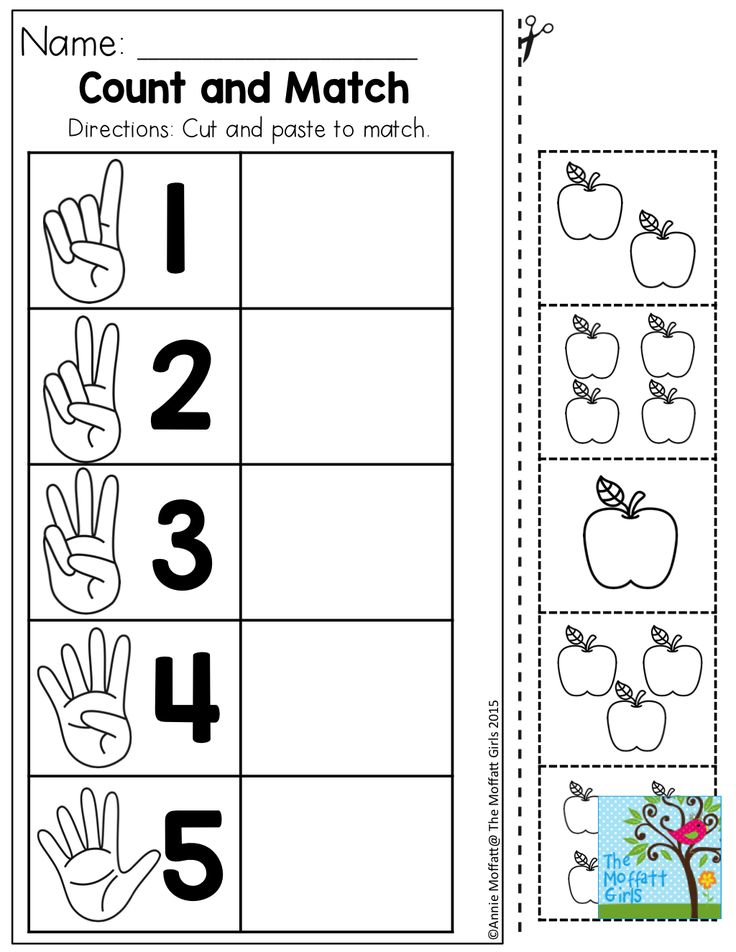
In this section, we will share some ideas, tips, and activities that may contribute to developing empathy at home and school.
Download your Kindness Challenge at the end of the postHelpful Tips When Teaching Empathy to Kids
1. Model empathic behavior
Develop a caring relationship. Research suggests that children whose parents displayed warmth towards them tend to be more empathic (Robinson et al. 1994; Zhou et al. 2002).
2. Teach your kids to understand and label emotions
Since empathy is the ability to experience and/or imagine other people’s feelings, it won’t come as a surprise that teaching about emotions will be an important part of our contribution to empathy development.
In Garner’s research, labeling emotions and providing explanations about them were positively related to toddlers’ attempts to comprehend how others felt and children’s expressed emotional concern for others.
3.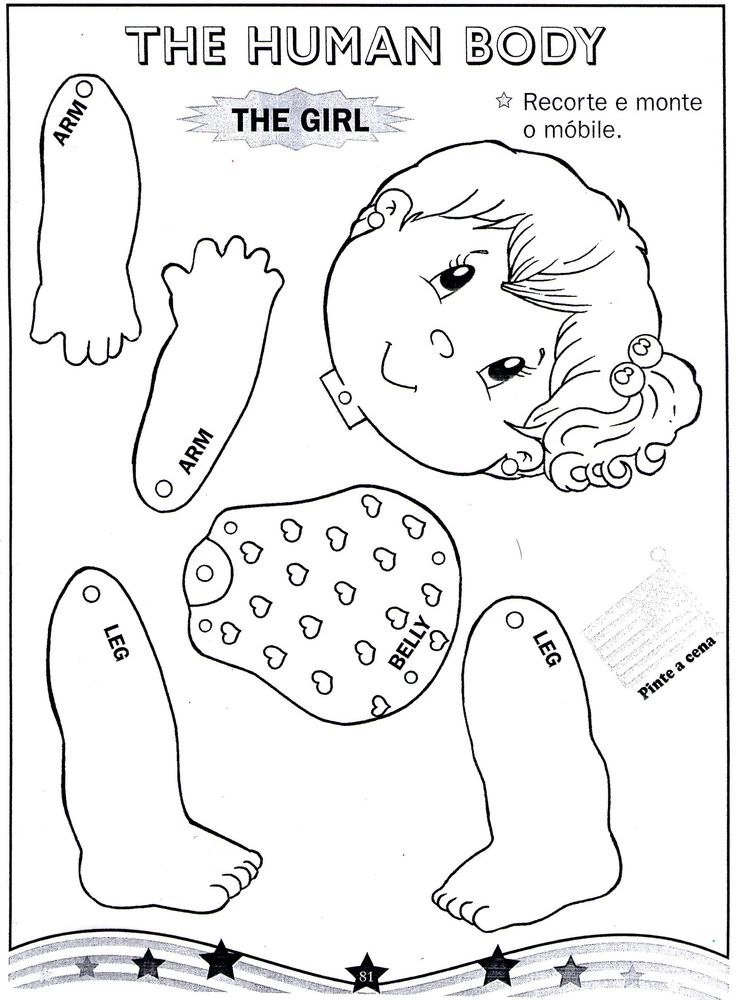 Validate your kid’s emotions
Validate your kid’s emotions
Show them that their feelings are important.
Don’t minimize what they feel.
Validating their feelings and showing them that you care is part of modeling empathic behavior.
4. Express your own feelings
Let your kids know how you are feeling and why.
Empathy Activities for Kids
Empathy relates to understanding others’ emotions and being motivated to help. So, our empathy activities will fall into one of the following broad categories:
- learning about emotions / recognizing emotions
- acts of kindness
Learning About Emotions:
1. Ask the kids to draw feelings faces and discuss:
- how the kids portrayed in their drawings feel
- what may have caused those feelings.
2. Model emotions with playdough
Modeling with playdough is a fun activity that may help kids work on their social and emotional skills, creativity, and fine motor skills.
In this case, we are focusing on the social and emotional parts of the activity.
You can use this activity to:
- work on the recognition of emotions through facial expression
- start conversations about feelings and emotions. For example:
“Let’s make a happy face.
How do you know this kid is happy.
How do the eyes look?
And the mouth?
What about the eyebrows?”
We use these emotions playdough mats for this activity.
3. Play emotion charades
Emotions charades assist kids in:
- communicating emotions using body language (players can’t talk, so they need to act out their feelings)
- learn to identify other people’s emotions
We play this game with our Emotions Flashcards, but you can write down a list of feelings, cut them into individual pieces, and put them into a jar.
One player picks an emotion card from the deck.
The player represents the emotion for the other players to guess without using words.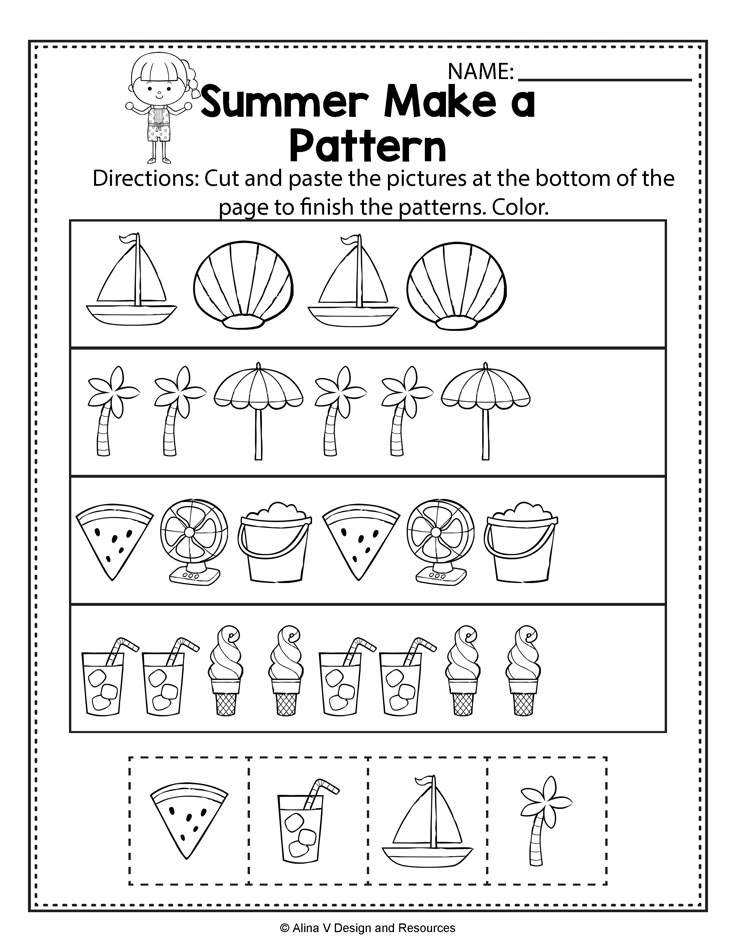 Take turns doing this.
Take turns doing this.
4. Emotions Worksheets
Emotions worksheets are a fun activity to teach how to recognize emotions.
Our emotions and facial expressions bundle include worksheets, emotions printable puzzles, and the emotions playdough mats we mentioned in our second activity.
5. Use a feelings chart and have all the family share who they are feeling today and why.
You can also use a mood tracker to record different feelings throughout the week.
6. Read stories and discuss how the characters are feeling.
7. Read books about empathy
This is a selection of books about empathy
8. Play emotions board games
Games like My Feelings and Happy or Not are great options to get the family (and the little ones) to talk about feelings.
9. Keep a journal, where you write about emotions
10. Feelings sentence completion activity
Write down sentences about feelings that they need to complete.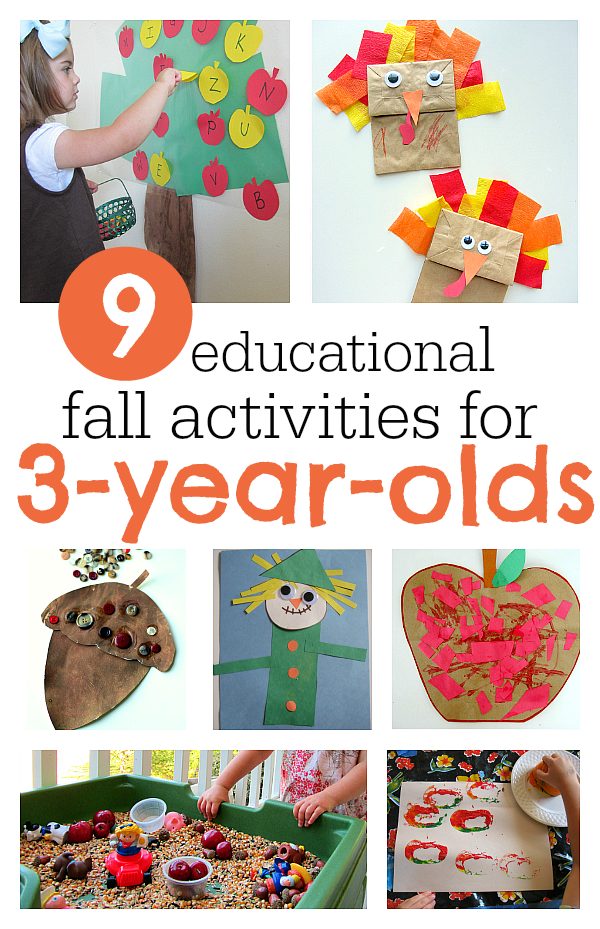
- “When I see a sad friend, I ….”
- “I feel excited when ….”
If you are running out of imagination, you may also buy sentence completion cards like these very cute ones⇓
11. Emotions Wheels Activities
Emotions wheels can be useful tools to support a range of emotional learning activities.
Our blog post on Emotions Wheels has three different emotion wheels for kids, and a few suggestions on how to use them to help:
- Identify emotional states
- Explore children’s emotions in everyday situations
- Start conversations about emotions
- Express the intensity of their emotions
12. Help them take other people’s perspectives.
Perspective-taking activities may be quite enlightening and help them reflect on how others feel about a situation.
Select a set of situations your kids or students may encounter:
- Sarah makes a joke about how Sally’s hair looks.
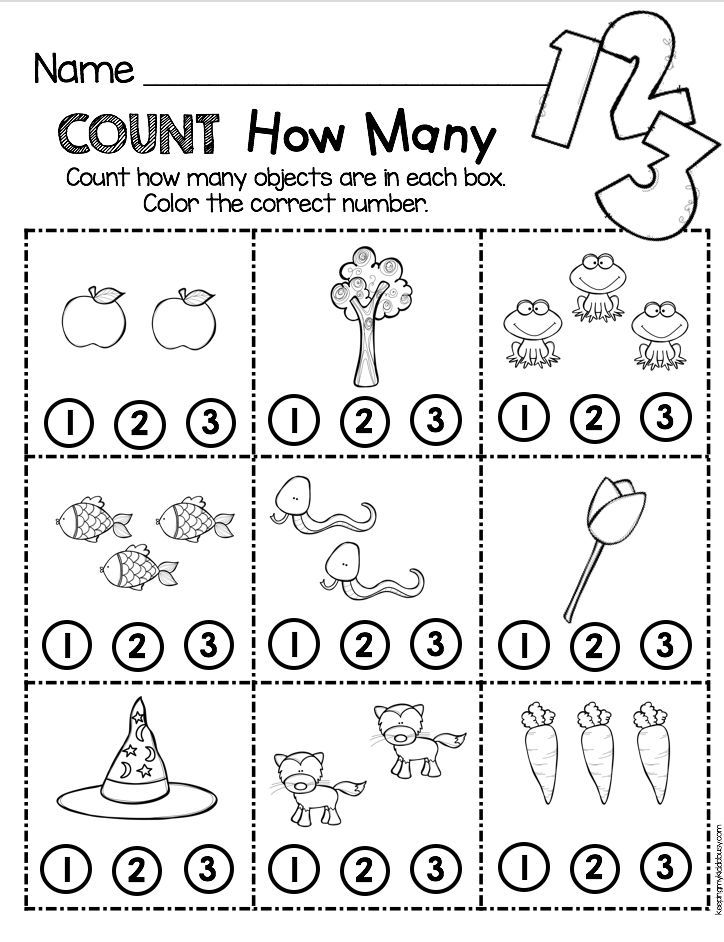 What is Sarah thinking? How is Sally feeling?
What is Sarah thinking? How is Sally feeling? - Bobby eats the last brownie without offering half to his brother Tim. What is Bobby feeling? And Tim?
- Anna invites Emma and Lilly for a playdate but leaves out Kathy. Why do you think Anna left Kathy out. How did Kathy feel?
13. Empathy Play / Drama game!
Role-play empathy scenarios with your kids.
You can take this activity to the ultimate level of “professionalism”.
Have them dressed up.
Think about characters who may have a hard time at times at school (the shy one, the nerdy one, the loner, the new kid).
Have one kid play one of those roles and another one play being themselves.
Ask questions: How do you feel when you are one of those kids? What would they like others to do?
Ask them to swap roles and role play again.
How has the way you act changed? Do they understand the other person better?
14. Use Conversation Cubes to start discussions about friendships and emotions
This is a really fun activity that we have been doing at home.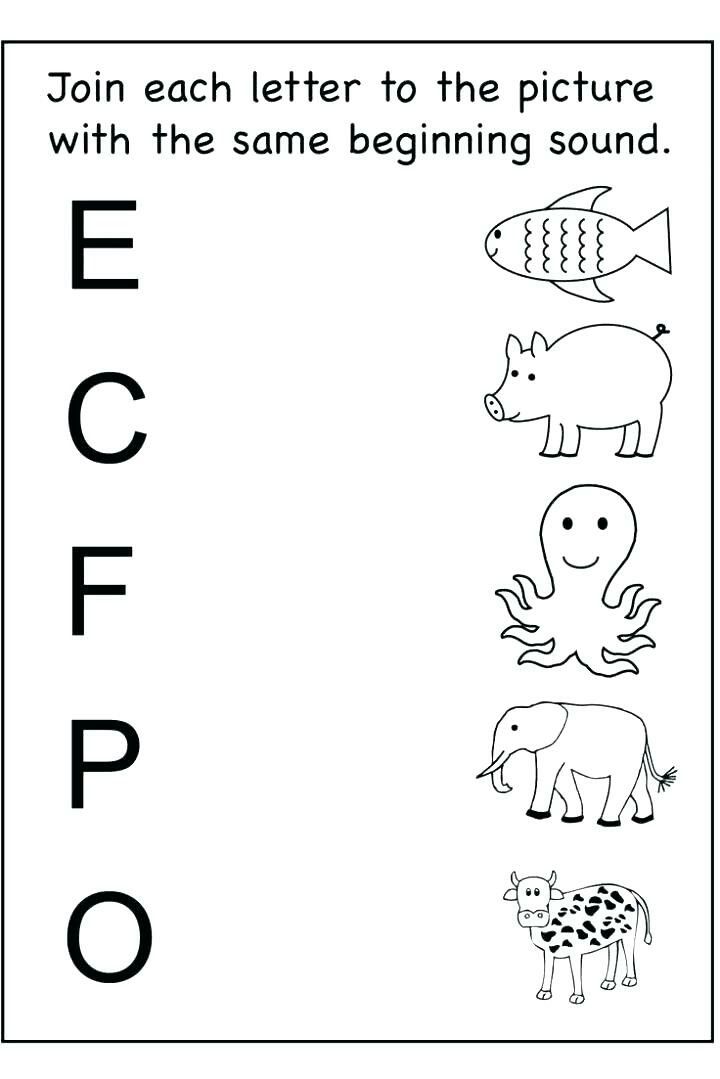 We use conversation cubes to start conversations on different topics, including topics related to prosocial behaviors like friendship, gratitude.
We use conversation cubes to start conversations on different topics, including topics related to prosocial behaviors like friendship, gratitude.
- What would you say to a friend who looks worried?
- What would you say to a friend who looks sad?
Acts of Kindness (Download the kindness challenge at the end of the post)
Empathy motivates us to act and those acts often take the form of kindness.
These are some of the kind acts that you will find in your kindness challenge PDF download at the end of the post:
15. Help your busy parents with an extra chore
16. Write a thank you note to somebody to show them how much what they’ve done means to you
17. Donate nice clothes that you are not using much to help somebody in need
18. Help a school peer who seems to need a bit of support
19. Help Mom/Dad care for a sibling or a relative
20.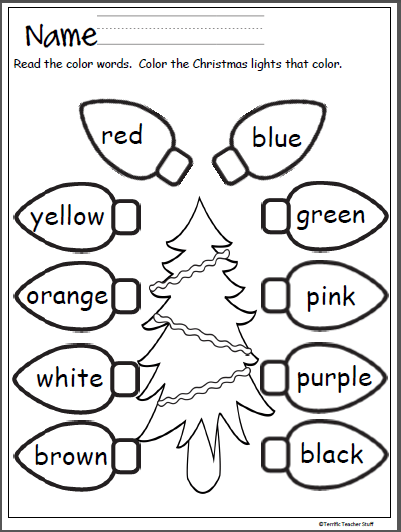 Help a sibling /friend understand some school work that they find difficult
Help a sibling /friend understand some school work that they find difficult
21. Say something nice to a friend who looks a bit worried
22. Share your favorite biscuit with your friend/sibling
Learn the value of sharing and how great this makes the other person feel.
23. Send a kindness note (kindness coloring notes are included in the kindness challenge download)
Articles About Emotions/Feelings
- Emotional Vocabulary List (100+ Feelings Words)
- How to Use Emotions Flashcards
- Emotions & Facial Expressions (Worksheets, Puzzles & Playdough Mats)
Download your Kindness Challenge
Ready to start with some of these activities?
This kindness challenge might be a good start⇓
Did you enjoy this post? Make sure you pin it for later!⇓
Empathy Activities for Kids to go with 5 Popular Children's Books
Try these empathy activities for kids that go with 5 popular children’s books to help you build and encourage compassionate kids in the kindergarten, first grade, and second grade classroom.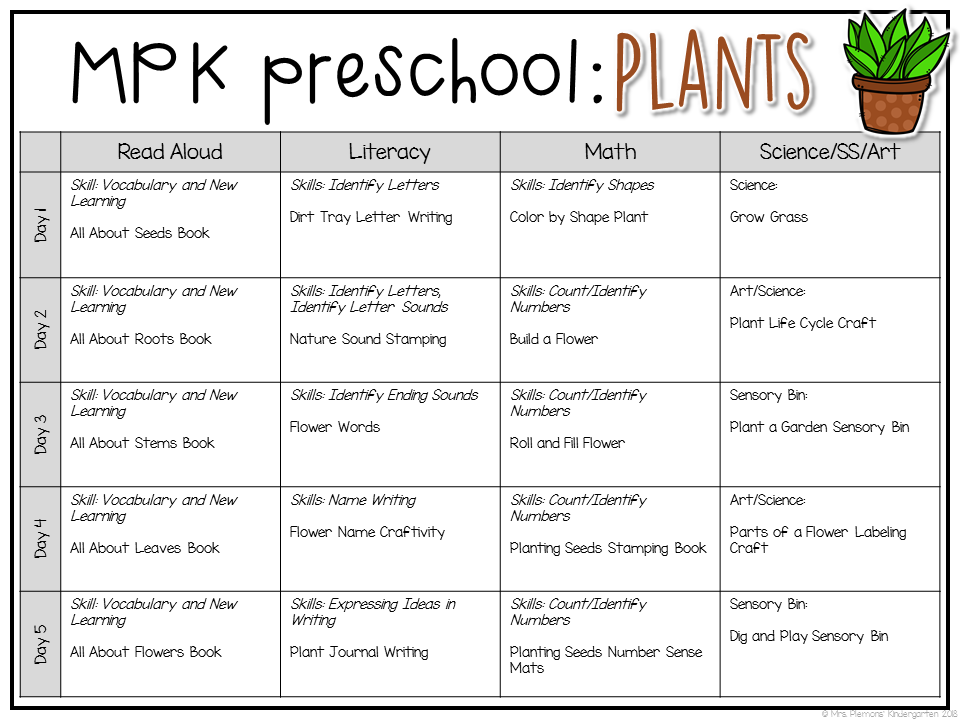
Promote Empathy in K-2 with 5 Powerful Children’s Books
Do you teach empathy in your class? According to Psychology Today, “empathy is the ability to recognize, understand, and share the thoughts and feelings of another person, animal, or fictional character.” In other words, empathy is being able to put yourself in “someone else’s shoes.”
Empathy may not seem an obvious skill to teach. Nevertheless, empathy is a topic we can promote in the classroom as it helps children build connections with others and the world and a positive classroom environment.
But how do you teach empathy to your students? We can implement empathy activities for kids in our classroom. As for most subjects taught, children’s books are a powerful tool to use when teaching empathy.
Books have the power to connect with kids and show them examples of what it means to be empathetic. Below are five children’s books paired with empathy activities for kids.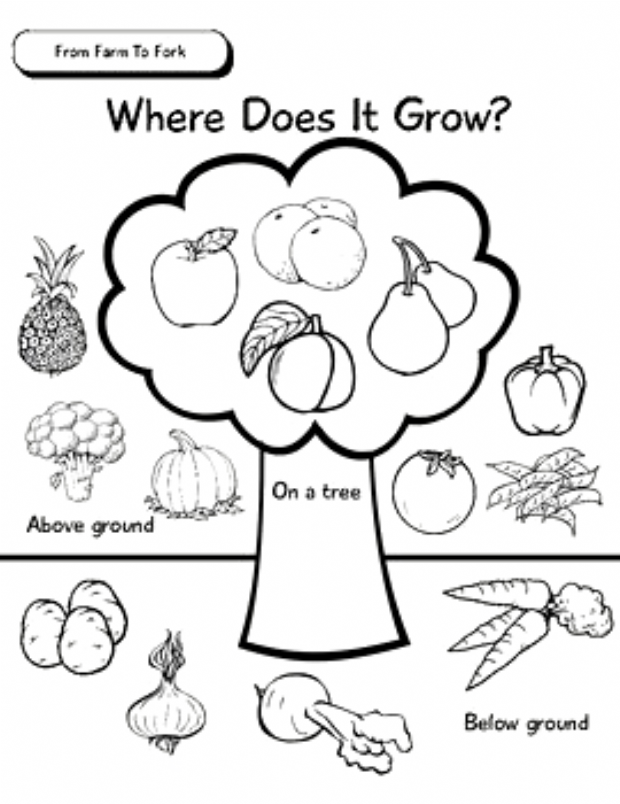
1. You, Me, and Empathy
You, Me and Empathy by Jayneen Sanders is a charming book about a child named Quinn. Quinn models understanding, compassion, and kindness to others. The book also includes questions adults can discuss with children about these important topics.
Lesson Ideas
- Before you read, tell students what empathy means. Use the letter from Quinn on the first page to offer a kid-friendly definition. Write the definition on the board.
- Ask kids questions about empathy. For example, “Have you ever shown someone empathy?” and “Has someone shown you empathy?” Share your personal story of empathy and encourage kids to share theirs as well.
- Create a Y-chart called “Empathy” with three sections “sounds like/looks like/feels like” and brainstorm words and ideas about what empathy is in each section.
- After the lesson, have kids write about what empathy is and how they will show empathy.
Activities to do with You, Me, and Empathy
- What Would You Do? Role Play – Read scenarios and ask kids to role-play how they would respond with empathy and compassion towards others.
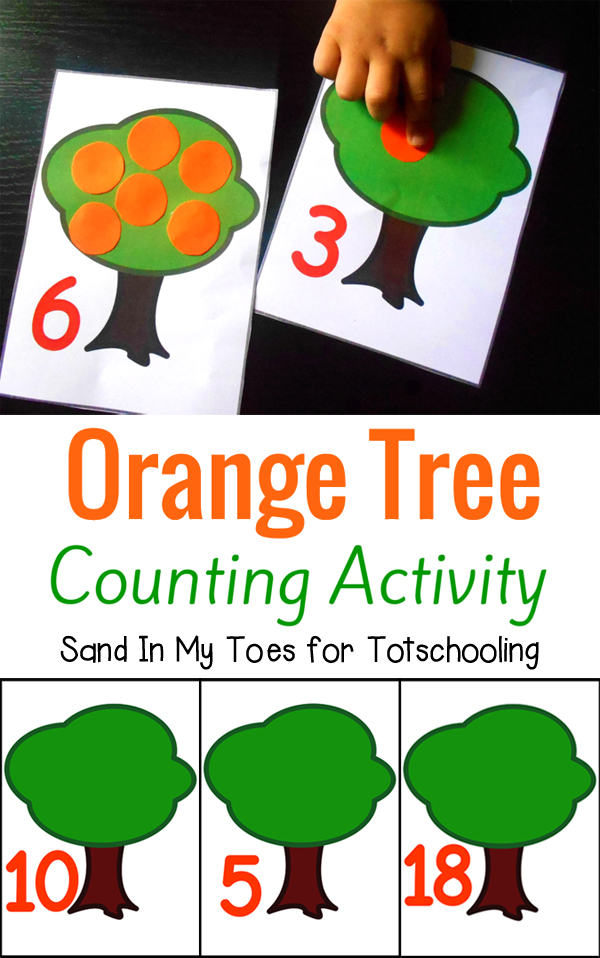 Encourage kids to remember the meaning of empathy. Then, ask kids to share how they would feel if that happened to them.
Encourage kids to remember the meaning of empathy. Then, ask kids to share how they would feel if that happened to them. - Empathy Quote & Coloring Posters – Read quotes about empathy and discuss their meaning. Hang posters in the room to remind kids of their meaning.
2. Hey, Little Ant
Hey, Little Ant by Phillip M. Hoose is a funny yet thought-provoking book about treating animals (and humans) with kindness. Kids will ponder, “Would you squish an ant?” and think about having compassion for living creatures, big and small.
Lesson Ideas
- Before reading, ask kids what they know about ants. Have them share their opinion about ants and give reasons why.
- Ask kids to close their eyes and imagine that they were an ant. Have the kids share what they visualize.
- After you read, ask, “should all living things be treated equally?” Emphasize treating everyone with compassion and respect.
- Create a Venn Diagram titled “Boy Versus Ant.
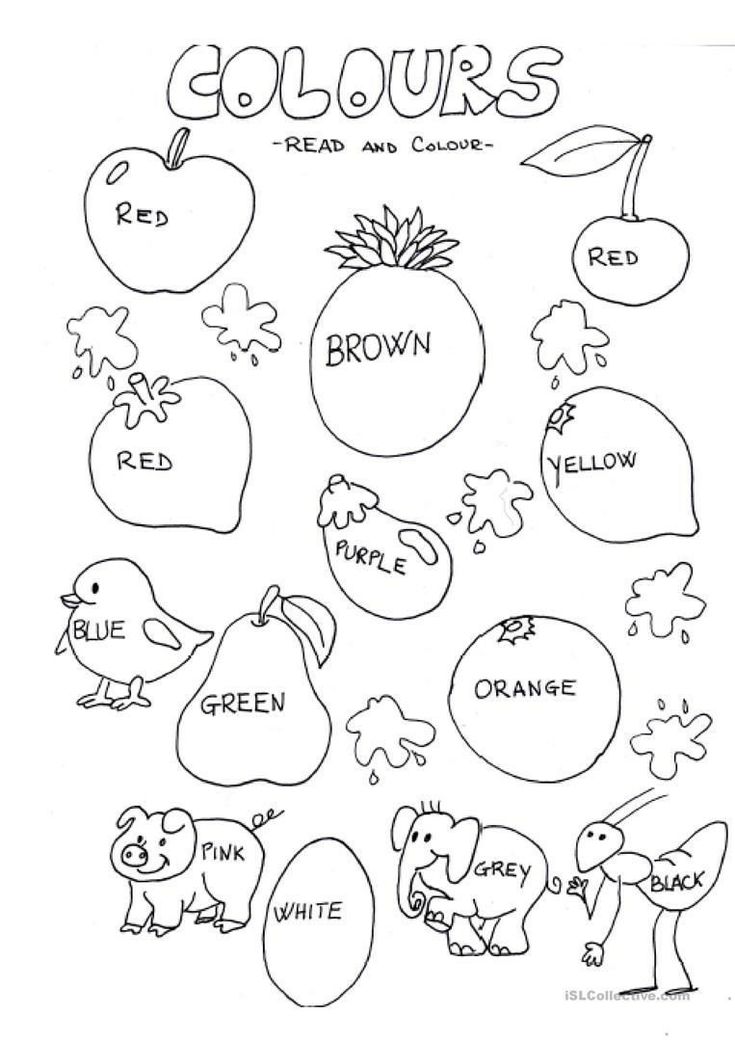 ” Ask kids how the ant and boy are different and the same, and record differences and similarities, using examples from the story.
” Ask kids how the ant and boy are different and the same, and record differences and similarities, using examples from the story. - After the lesson, have kids write about whether they would squish or save the ant and why.
Activities to do with Hey, Little Ant
- Squish or Save Vote & Graphing Activity – Give each student a piece of paper to cast their vote for either boy or ant. Count up the votes and record them on a pictograph. Determine which has the most votes.
- “Don’t Squish Me!” Ant Craftivity – Cut out a talking bubble and an ant. Glue them on a sheet of construction paper. Think of a reason for not squishing the ant and write it in the talking bubble. For example, “I am just like you!” or “I have feelings too!”
3. The Invisible Boy
The book The Invisible Boy by Trudy Ludwig is wonderful for teaching about small acts of kindness. Brian is a quiet boy who no one in his class seems to notice.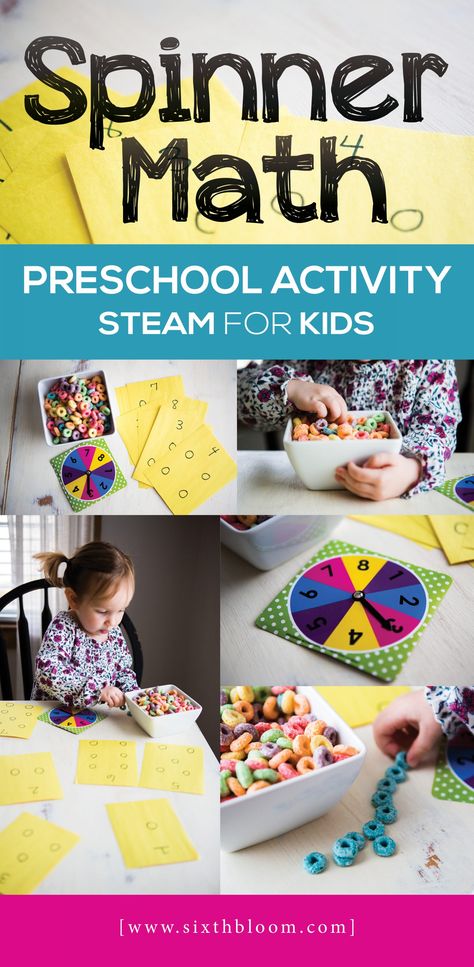 He’s left out of the group. But one day, a new boy comes to school, and Brian welcomes him. They strike up a friendship, and Brian finds a way not to be “invisible” anymore.
He’s left out of the group. But one day, a new boy comes to school, and Brian welcomes him. They strike up a friendship, and Brian finds a way not to be “invisible” anymore.
The story will lead to important discussions about being kind to one another and also bring compassion for “the quiet kid” in class.
Lesson Ideas
- Ask kids to imagine a time when they felt invisible (i.e., unheard or unseen by others). Ask them to share what happened and how it made them feel.
- Play a group game of “Stand Up, Sit Down.” Say statements aloud and have kids stand up if the statement is true for them. Start with simple statements and work up to deeper ones.
- For example, “Stand up if you like to play with your friends,” “Stand up if you’ve ever been left out,” or “Stand up if you have ever felt lonely.”
- Create an anchor chart called “How to Include Others” and brainstorm things we can say and do to include others at school, in class, and on the playground.
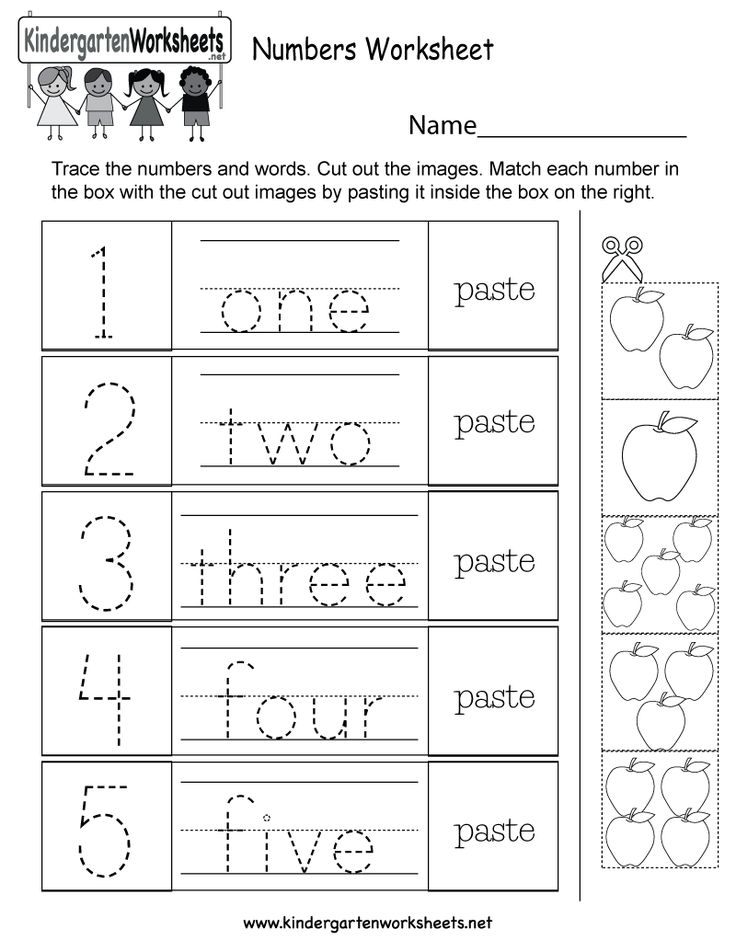
- After the lesson, have kids write about when they feel invisible.
Activities to do with The Invisible Boy
- “Find Someone” BINGO – Go around the room, asking others for statements from a BINGO board. Once they find someone who matches a statement, write their name in the space. Encourage kids to find different people who match various statements. Try for BINGO!
- What to Say Talking Prompts – It can be hard to know what to say to someone when we want to include someone in what we are doing or when we want to be included in activities with others. Talking prompts can help! Use them to help kids practice what to say in different situations.
4. The Buddy Bench
The Buddy Bench by Patty Brozo is a warm-hearted look at a school playground. The kids are involved in all kinds of imaginative play. But they see what it is like to be left out, so they build a “buddy bench.” Sitting on the buddy bench means they need a friend to play with.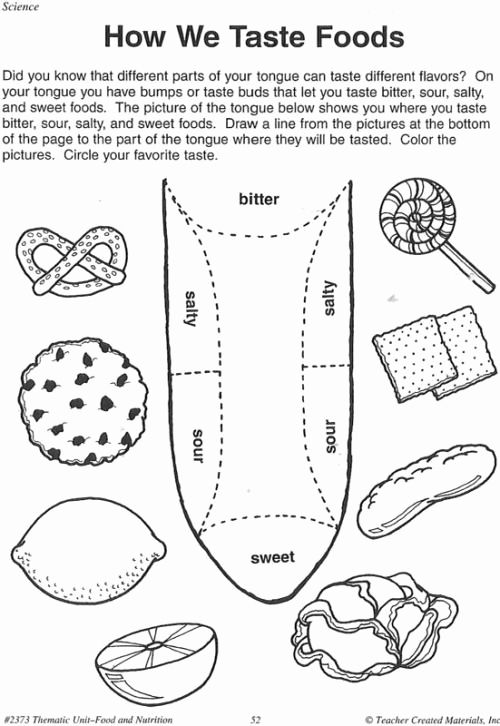
A school playground can be lonely for those who do not have a buddy. This book will challenge kids to find ways to include others.
Lesson Ideas
- Before reading, talk about what makes a buddy.
- Ask, “What can you do if you don’t have anyone to play with?” and “What can you do if you see someone without anyone to play with?”
- After reading, discuss the idea of setting up a Buddy Bench.
- Create a collaborative chart called “Ways to be a Buddy” and brainstorm things buddies say and do on the chart.
- After the lesson, have kids write about ways they can be a buddy.
Activities to do with The Buddy Bench
- Set Up a Buddy Bench – Set up a Buddy Bench at your school. Display a poster in the hallway or class that teaches others how to use the Buddy Bench. Role-play using the Buddy Bench together as a class.
- “I am a Buddy” Poem & Activities – Read and practice the “I am a Buddy” poem.
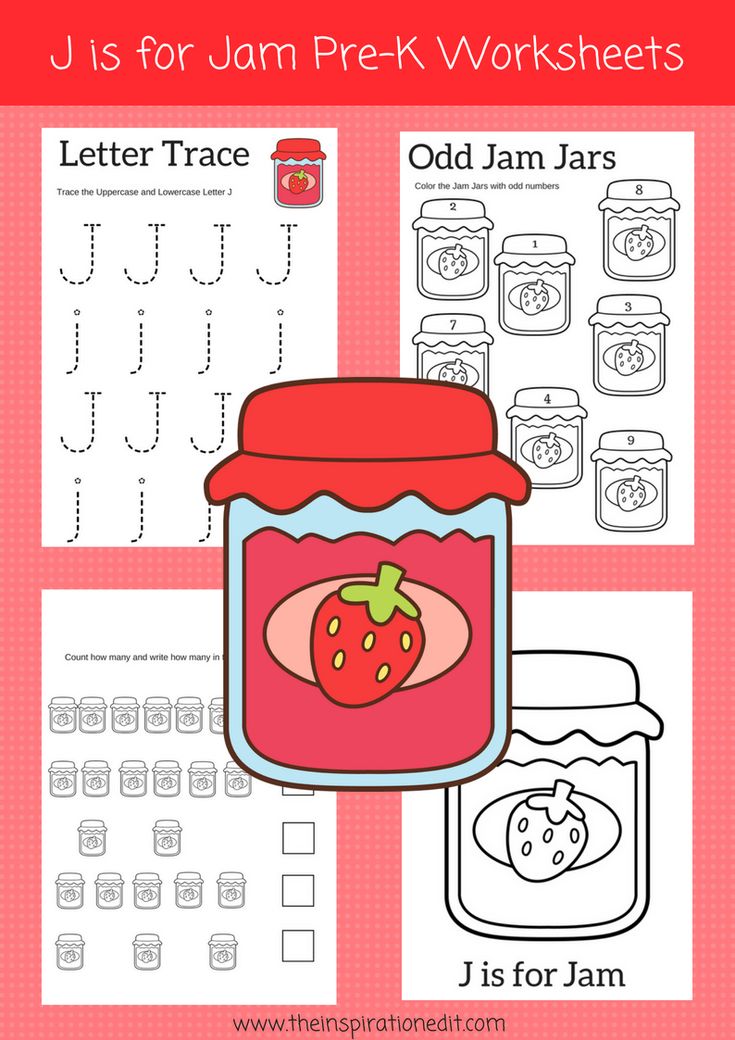 Complete a poem activity to learn the words and the meaning.
Complete a poem activity to learn the words and the meaning.
5. I Am Human
I am Human by Susan Verde seeks to show kids how important it is to have compassion and empathy for one another. Children explore the idea that they are unique but similar to those around them. They learn to feel more connected to the world when they try to find common ground with other people.
The book contains various affirming statements that show what we humans can do.
Lesson Ideas
- After reading, ask, “What does it mean to be human?” Take examples from the story.
- Discuss how people are the same and how they are different. Ask, “what are some things that we all have in common?”. For example, we have feelings; all go to school; we have families; we like to play, etc.
- Talk about what compassion means (It is empathy in action). Ask, “When should we show others compassion?”
- Create a collaborative chart called “I am Human” and brainstorm “I” examples from the story and your ideas about what makes us human.

- After the lesson, have kids write about ways that they are human and show compassion.
Activities to do with I Am Human
- Empathy Wall Display – Create a bulletin board or hallway “Empathy Wall.” On the wall, encourage kids to write and attach kind messages and words of compassion for others to read. Younger kids can draw pictures and use sticky notes to write messages.
- “I am Human” Hat Craft – On a hat template, write “I am” statements or pictures about being a human, along with a picture of oneself. Create a hat and have kids wear it proudly.
These books are an excellent start for promoting empathy in your classroom. The activities with them will help your students connect to their own lives and those around them. For more books and videos that teach empathy, check out another post I wrote with even more empathy book ideas!
Empathy Books
You, Me and Empathy
Hey Little Ant
The Invisible Boy
The Buddy Bench
I am Human
Empathy Resources for Teachers
FREE Wrinkled Heart Digital & Printable Activity
To start you off, here is a FREE Wrinkled Heart activity to do with your class.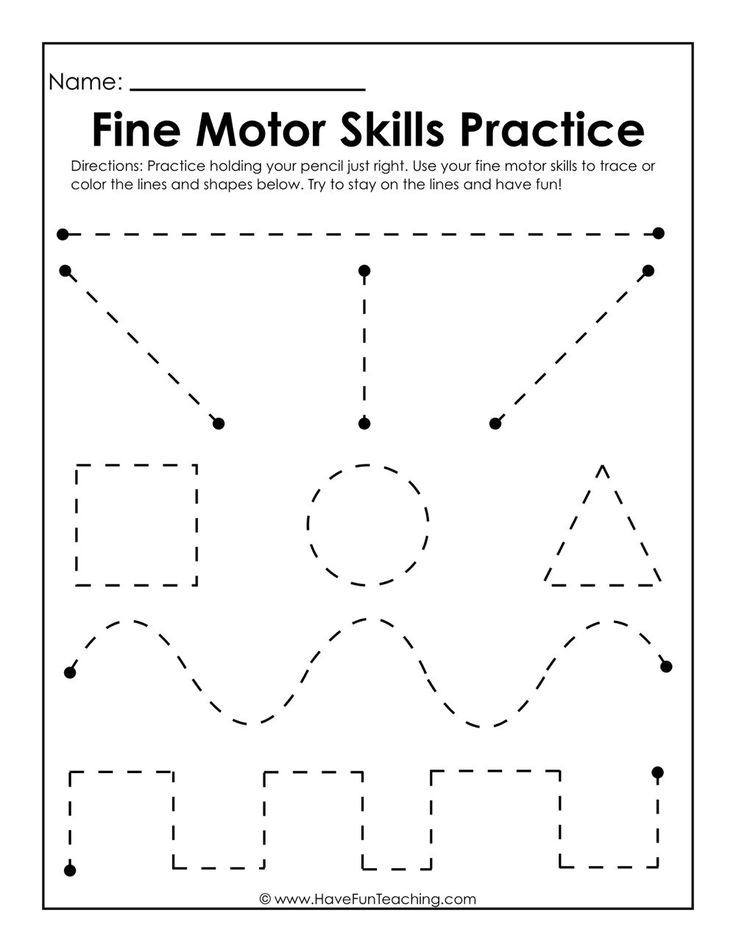 Help kids learn to be careful what they say because once you say something hurtful to someone, it is hard to heal a “wrinkled” heart.
Help kids learn to be careful what they say because once you say something hurtful to someone, it is hard to heal a “wrinkled” heart.
Grab a free copy of the digital and printable resource by clicking the image below.
Empathy Book Companions Resource
Find activities for each of the five children’s books featured in this post in our Empathy Book Companion pack for K-2. You will have everything you need to lead informative lessons that support students as they practice empathy and build compassionate hearts.
Check out this comprehensive resource’s writing prompts, journals, games, posters, and activities.
More Ideas for Teaching Empathy
Empathy Skills
Teaching Empathy
Teach Social Emotional Learning
PIN for Later
FREE Social Emotional Learning Email Series
Sign up for the social emotional learning email course filled with tips to get you started, lesson and activity ideas, PLUS tons of FREE resources you can access right away.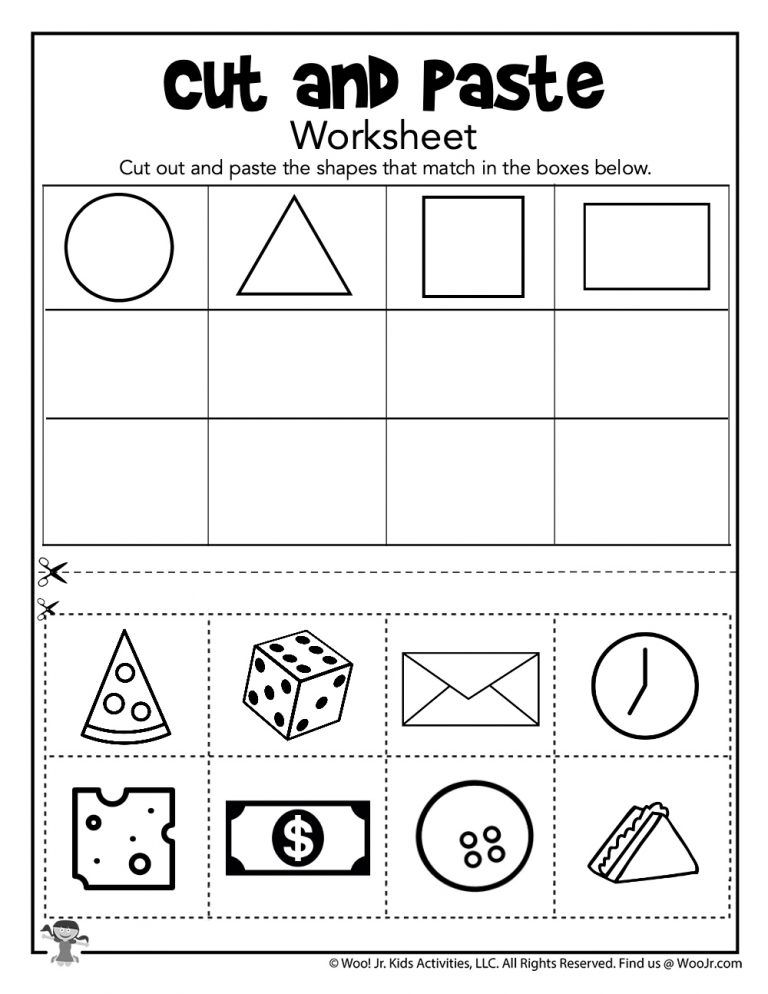 Everything you need to teach social skills and emotional literacy in the classroom!
Everything you need to teach social skills and emotional literacy in the classroom!
First Name
Personal Email Address
We use this field to detect spam bots. If you fill this in, you will be marked as a spammer.
I'd like to receive the free email course.
This form collects information I will use to send weekly emails with strategies, promotions, and resources. Unsubscribe at any time. Powered by ConvertKit10 Exercises to Develop Empathy
Empathy is conscious empathy with the current emotional state of another person. This means that you recognize the feelings and emotions of other people, know how to console and help them get out of difficult psychological and emotional states.
Benefits of empathy
- Empathy unites people . When a person is treated with empathy, he tends to reciprocate.
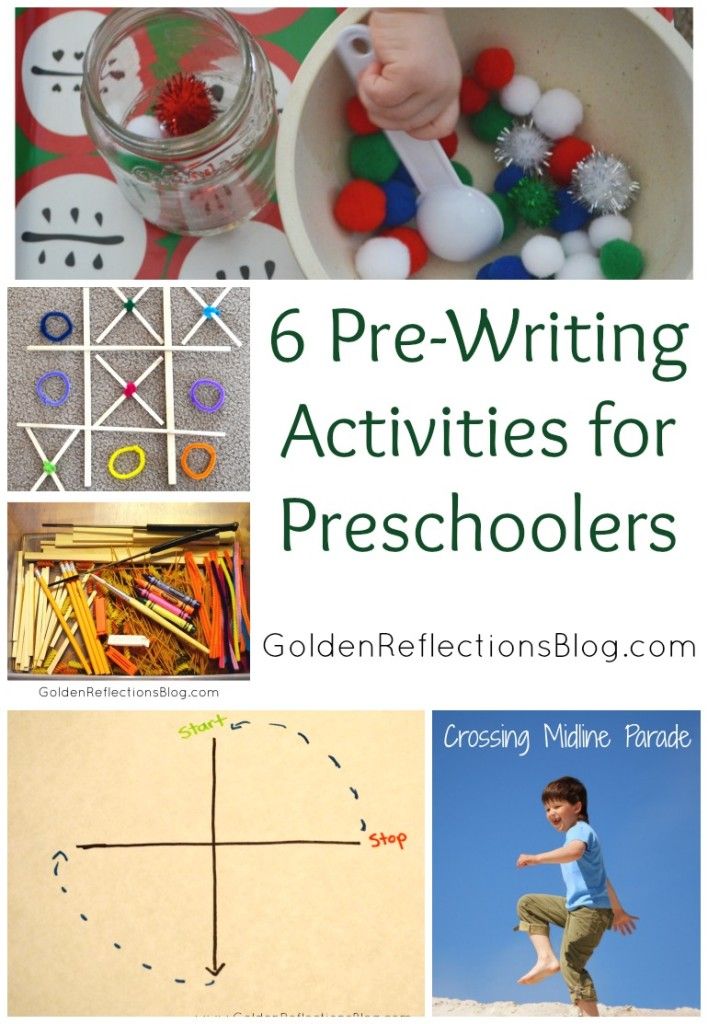 If you are empathic, people are drawn to you: you can be a great leader. nine0010
If you are empathic, people are drawn to you: you can be a great leader. nine0010 - Empathy heals . Negative emotions destroy the psyche and physical health of a person, while the manifestation of empathy helps to heal wounds.
- Empathy creates trust . Anyone, even the most incredulous person, begins to trust you over time, if you show a keen interest in him and understand how he feels.
- Empathy is incompatible with criticism . Most people constantly criticize loved ones, without thinking about how it hurts their pride. If you develop empathy, you begin to understand what to say and what not to say. nine0010
Most modern professions require developed empathy. But even if you are a programmer or a builder, you still want to learn how to build good relationships with other people. Can you learn to be empathic?
Psychologist Daniel Kieran presents ten empathy exercises for children and adults.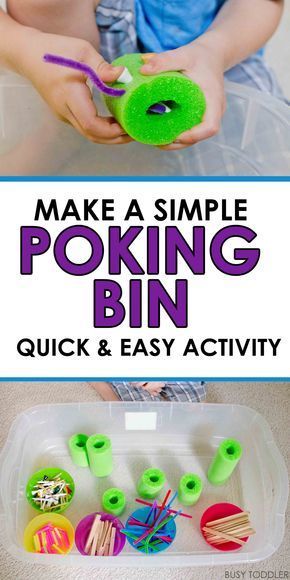 Some tasks require the help of other people, while others you can do yourself.
Some tasks require the help of other people, while others you can do yourself.
1. Building your emotional vocabulary
Description : The leader (facilitator) introduces the activity, saying that creating a vocabulary for different emotions and sensations will help to create effective sentences for expressing feelings. You can find a large list of emotions on the Internet - psychologists have from 200 to 500 emotional states.
Emotions can be categorized into positive, painful (negative) and neutral. Happiness, excitement, peace, tranquility, hope can be considered positive. Negative - fear, anger, guilt, sadness, emptiness, low self-esteem, despair. Neutral - surprise, curiosity, interest. nine0003
In turn, painful emotions can be divided into heavy and light ones. Anger, frustration, irritation can be heavy, while sadness, guilt, emptiness, low self-esteem can be light.
If you are doing the exercise yourself, then take a sheet of paper and write down all the emotions and sensations that you experience throughout the day. To do this, first determine exactly what activity you are engaged in. For example: woke up, put myself in order, did exercises, got dressed, smelled coffee, went to work, heard people arguing, heard people laughing, entered the room, sat down at the table, listened to the teacher, completed the task, had lunch, saw parents, played with friends, had dinner, went to bed. As you can see, even small actions matter. The fact is that any change in activity in one way or another changes your feelings, mood and emotions. Notice everything you feel throughout the day and try to define exactly how you feel. nine0003
To do this, first determine exactly what activity you are engaged in. For example: woke up, put myself in order, did exercises, got dressed, smelled coffee, went to work, heard people arguing, heard people laughing, entered the room, sat down at the table, listened to the teacher, completed the task, had lunch, saw parents, played with friends, had dinner, went to bed. As you can see, even small actions matter. The fact is that any change in activity in one way or another changes your feelings, mood and emotions. Notice everything you feel throughout the day and try to define exactly how you feel. nine0003
Summary of exercise :
- What did you learn about your emotions and feelings?
- Do you understand the meaning of being aware of the emotions you are feeling right now?
- How has being aware of your emotions affected your understanding of other people's feelings and sensations?
- What conclusions can be drawn regarding the relationship of specific emotions with specific activities? Why do you experience positive emotions in one situation and negative in another? nine0010
2.
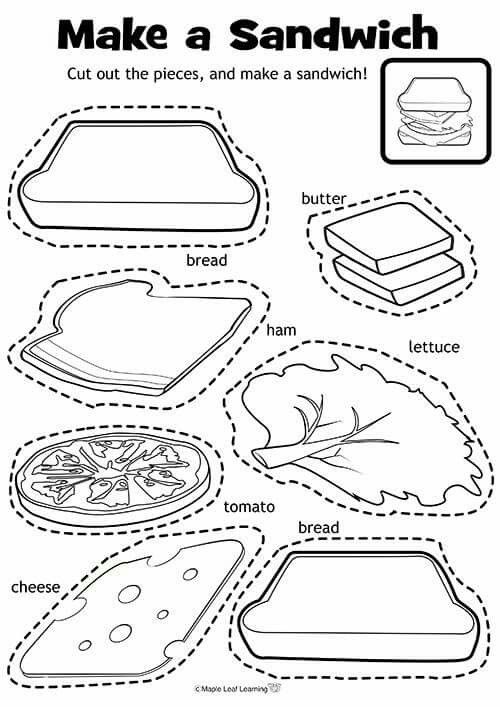 Recognizing Emotions and Thoughts
Recognizing Emotions and Thoughts Description : In this exercise, you need to complete a sentence that begins with "I feel..." followed by an emotion. Remember that you can find a list of emotions on the Internet. It is best to write down emotions in a diary and periodically replenish when you encounter a new one.
Examples :
- I feel happy when I see my friend.
- I get excited when I draw. nine0010
- I feel sad when I realize that autumn is coming.
Remember that a thought, unlike an emotion, is expressed by the phrase "I feel" in the context of "I think", "I believe". For example, when you say “I think playing the guitar is interesting”, then this is your opinion, your thought, but not your emotion.
Summary of exercise :
- What is the difference between thought and feeling?
Thought is an idea and an opinion, sensation is an emotion.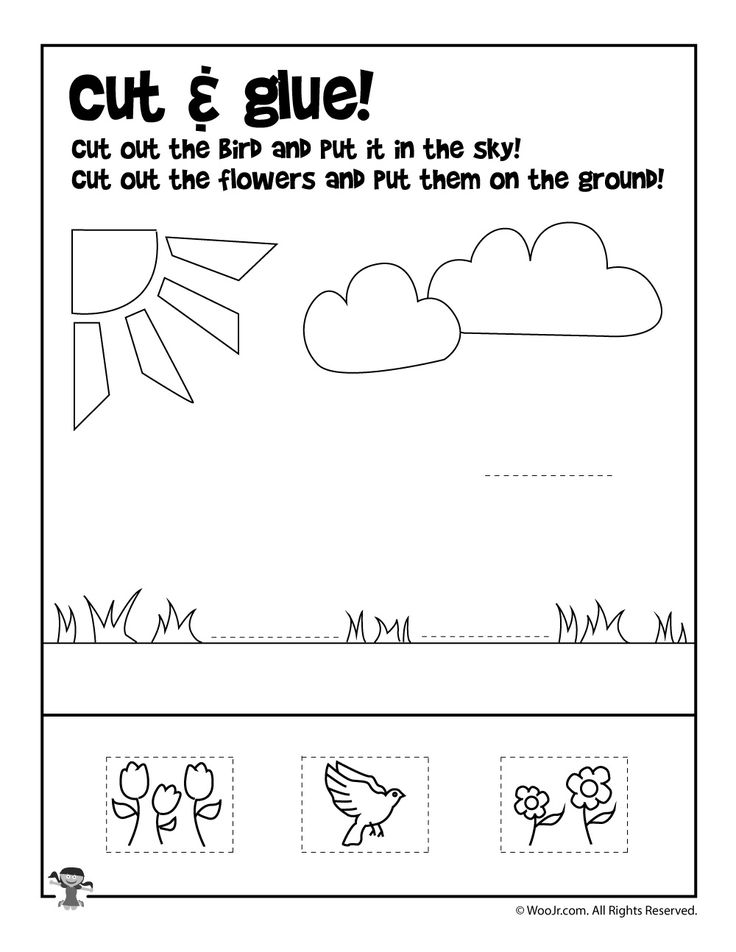 nine0003
nine0003
3. Creating Sentences
Description : Your task is to create a sentence, having a template and substituting your ready list of emotions. Template for team and private exercise:
“You feel ___ because ___. I'm right?"
"I feel __ because ___".
Remember that you can substitute absolutely any emotion: anger, irritation, happiness, depression, emptiness, confusion.
Examples : Here are two examples of situations in which a person creates the right sentence in terms of empathy. nine0003
- Jill frowned her face and said that her friend just picked up and left.
Empathic response: “Jill, are you feeling sad because your friend left? I'm right?".
- Father came home very tired and said that he had just lost his job.
Empathic response: “Dad, are you feeling worried about losing your job? I'm right?"
These examples are so simple that they may seem too obvious.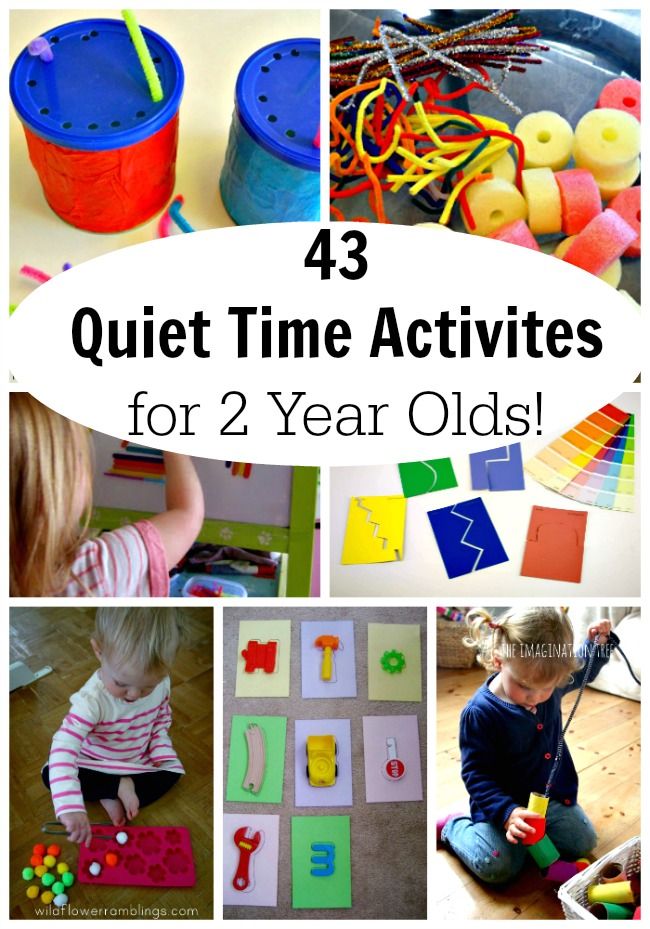 However, if you carefully analyze your life, you may notice that you often ignored the emotions and feelings of other people, being swamped with your own problems. nine0003
However, if you carefully analyze your life, you may notice that you often ignored the emotions and feelings of other people, being swamped with your own problems. nine0003
Case studies : For each of the following situations, come up with an empathic response.
- Your brother came home in tears and said that he was given a derogatory nickname at school.
- Your classmate, who was given an offensive nickname today, is sitting quietly with his head bowed.
- Your friend said he didn't want to go home because he failed his exam.
- Your friend said he couldn't invite you to his house because his mother was sick.
- Your employee is sitting alone at the dinner table, not eating his lunch and not saying a word. nine0010
Summary of exercise :
- What questions and difficulties did you have in creating empathic sentences?
- Why is it so important to check whether you have interpreted a person's emotion correctly?
4.
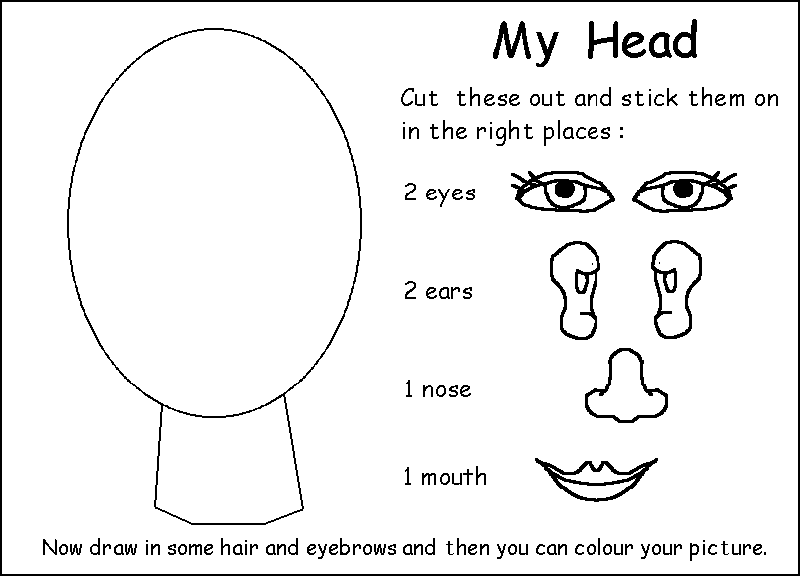 Role reversal
Role reversal Description : empathy is shown when you imagine yourself in the role of another person. You can do this exercise as a group or individually, but then you have to use your imagination. Remember all your friends and relatives, make a list of these people. Then take turns playing these roles. nine0003
Answer the questions:
- What is your name?
- What is your age?
- What are your favorite books?
- Where did you go on vacation?
- What do you love the most?
- What makes you sad the most?
- What excites you?
- In what situations does nostalgia come over you?
- What are you afraid of?
- What or who do you most often rely on?
The essence of the exercise is to stop thinking about your problems and think about how the other person feels and why. You can make your own list or even go on an imaginary journey. nine0003
Summary of exercise :
- Ask the person if your guesses about him are correct.
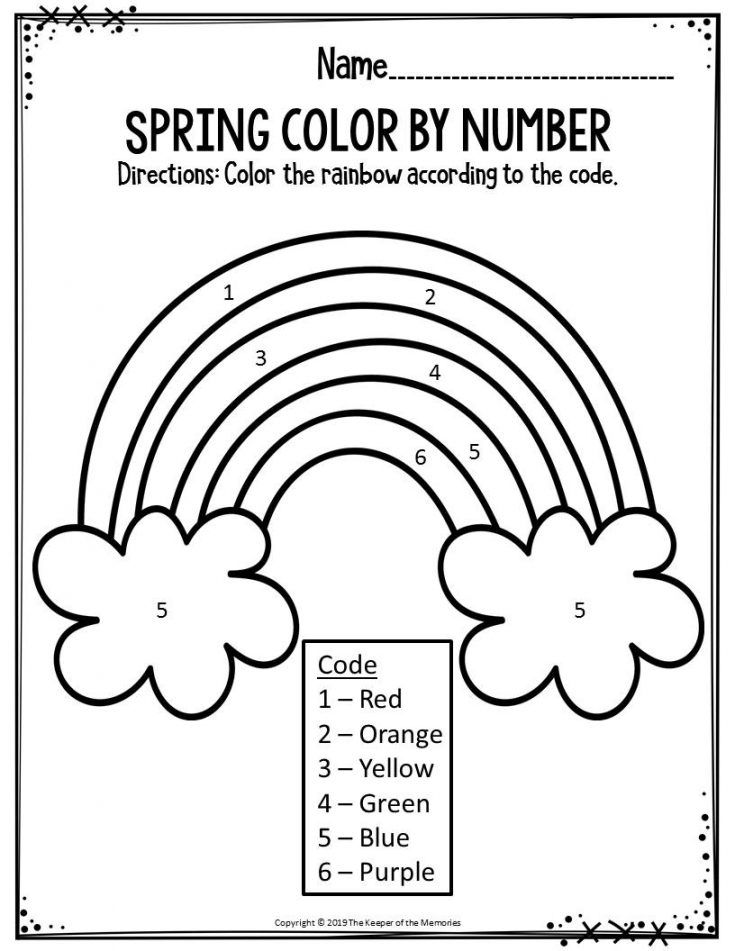 What are you right and what are you wrong about?
What are you right and what are you wrong about? - How do you feel when you play different people?
5. Duplication
Description : do this exercise in pairs. The first person (speaker) talks about happy memories or excitement about a future event. The second person (understudy) is, as it were, his real emotion that the speaker experiences. The essence of the exercise is that the understudy, knowing what emotion the speaker will experience, begins to consciously recognize the feelings of other people. nine0003
Example :
Speaker: "I want to visit my parents next week."
Doubler: "And I feel happy about it."
Speaker: "My mother makes the best pies in the world."
Doubler: "I'm delighted when I eat them."
The task can be made more difficult when the speaker does not say in advance whether he likes what he will say. So the duplicator has to guess.
Summary of exercise :
After the two people switch places and go through the exercise again, ask yourself the following questions:
- How does it feel to be a speaker and hear from an understudy about his guesses?
- What is it like to be an understudy and guess the speaker's real emotion?
- What was the most difficult?
- Which emotions were the most difficult to recognize? Which ones are easier?
- How did this exercise help me get to know the person?
6.
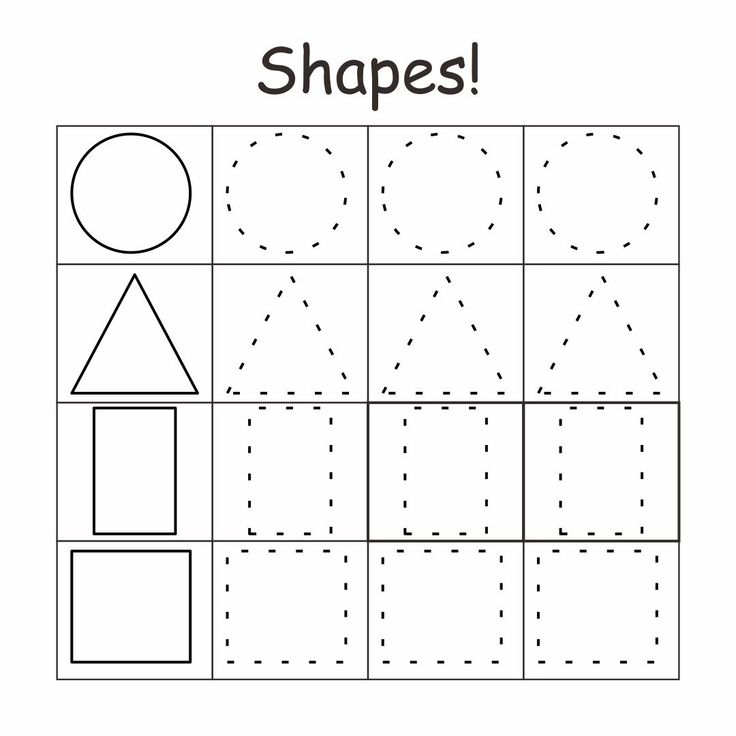 Empathic listening
Empathic listening Description : Another exercise for which you will need a partner. Its essence is to listen to a person about what is important to him and create a sentence that accurately conveys what he feels about it. Remember that empathy means putting aside your thoughts and feelings, and then paying attention to what the other person is feeling and thinking.
Think of something intimate and of great importance to you. Talk about it, trying to describe the situation in as much detail as possible, while not giving clues. Take pauses during which your partner will say what you thought and how you felt in the past and present. Repeat the exercise, switching roles. Remember that it is better to be wrong with your assumption than not to express it out loud at all. It's also okay if you exaggerate the emotion the person is feeling—for example, calling annoyance anger and anger anger. You learn and only by trial and error can you achieve serious success.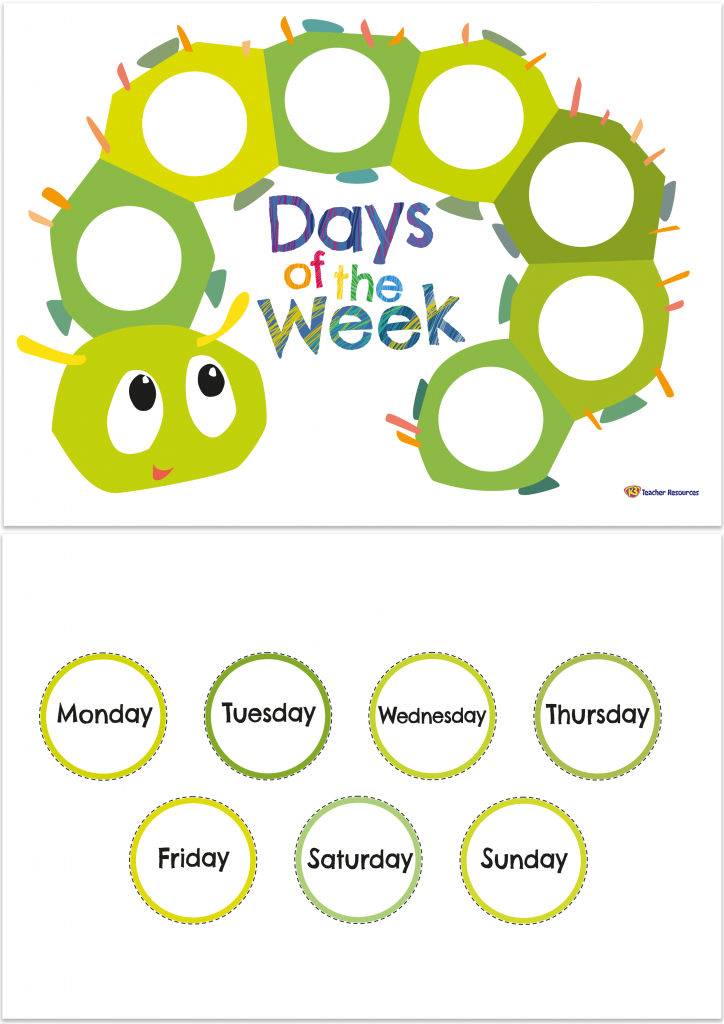 nine0003
nine0003
Summary of exercise :
- How does it feel to be a listener? What was the most difficult?
- How does it feel to be a storyteller?
- How did you feel when the person made assumptions about how you felt?
7. Becoming a different person
Description : To do this exercise, ask two close friends for help. Do the following:
- Write a dialogue between three characters. For example: a victim, a bully, an observer or a picky buyer, a vulnerable seller and an observer. You can come up with your own options. nine0010
- Each scenario is played three times and at each performance the people change roles. In this way, you play the roles of victim, bully, and bystander.
- After completing the exercise, all participants share their impressions about their thoughts, emotions and sensations.
Summary of exercise :
- What emotions did you experience as a victim?
- What emotions did you experience as a bully?
- What emotions did you experience as an observer? nine0010
- What decisions did you make at the end of the exercise?
8.
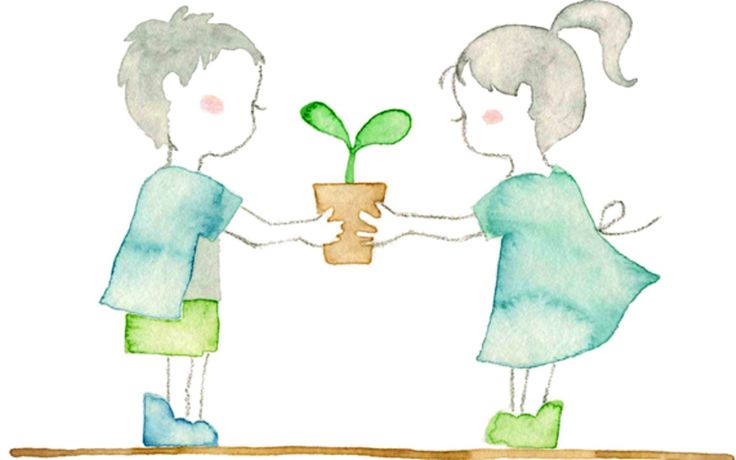 Understanding the Story
Understanding the Story Description : This exercise will teach you to understand the story of another person.
- Ask a close friend to think of (or write down) someone they are afraid of or don't want to associate with for whatever reason.
- Ask the person to think about why the person he/she dislikes behaves in this way and write down the reasons.
- Ask him to share how the person he doesn't like feels now. nine0010
For example:
- I don't want to be friends with John because he rarely talks to me.
- I realized that John is a miserable and lonely person. And also that his mother is not able to pay the rent of the apartment.
- Now that I understand that this may be true, I want to be friends with him, because his silence and gloom does not speak of his attitude towards me, but of his feelings, which are caused by domestic problems.
Summary of exercise :
- Did this exercise change your mind about the person you feared or didn't want to deal with?
- Think about how understanding the history of a person's life affects your perception.
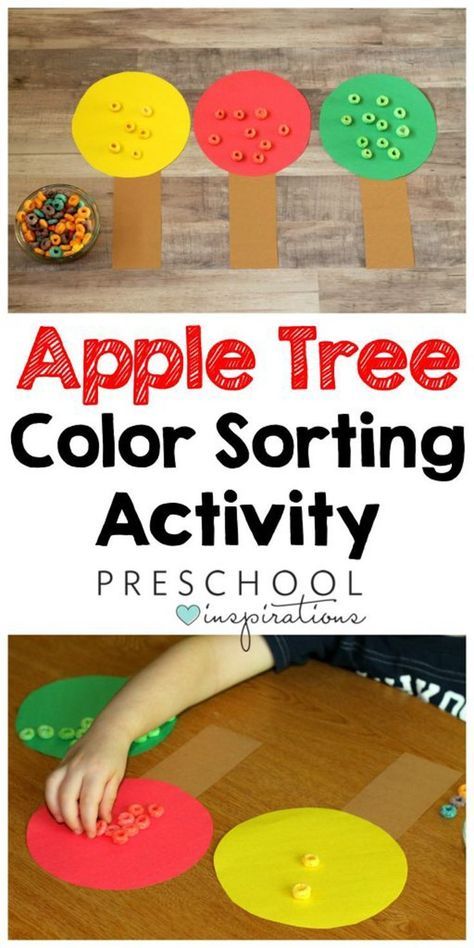
9. Imagining the emotions of historical characters
Description : Make a list of five historical characters. Then list the emotions the person has experienced throughout (or part of) their life.
Example: Abraham Lincoln saw how people were sold in the marketplace and at that moment he felt sad that he had no family of his own, angry that people were being traded like animals and helpless that he had nothing could do about it. nine0003
Summary of exercise :
- Do you have a better understanding of the actions and motives of historical characters?
- How do these people make you feel now?
10. Empathy and Anger
Description : This exercise will help you deal with anger at another person with the help of empathy. Imagine (or resurrect) a situation in which you were extremely angry with another person, and then create an empathic statement. nine0003
Example:
Annoyed person: "You never do what I ask!"
Empathic listener: “You feel annoyed that I didn't do my job and you had to work for me.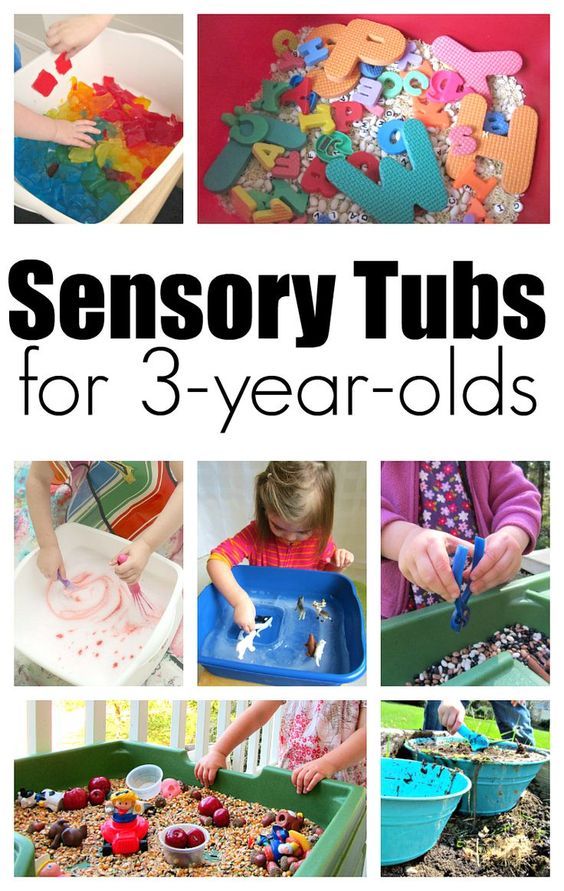 I'm right?".
I'm right?".
Summary of exercise :
- How did you feel when you came up with an annoyed phrase?
- How did you feel when you came up with an empathic response?
- How do you think an irritated person will feel when they hear an empathic response? nine0010
- Do you agree that hostility (though not immediately) will disappear with empathic responses?
What is empathy, or Happiness
Empathy is one of the most important concepts of psychology and human relations. However, this is one of the most mysterious phenomena, about which there are many myths and misconceptions. And among psychologists there is no consensus on what should be called empathy. Let's try to understand this issue based on modern scientific ideas. nine0009
Listen to the right to see more images
Triad
Empathy - this is a systemic phenomenon consisting of three elements:
1.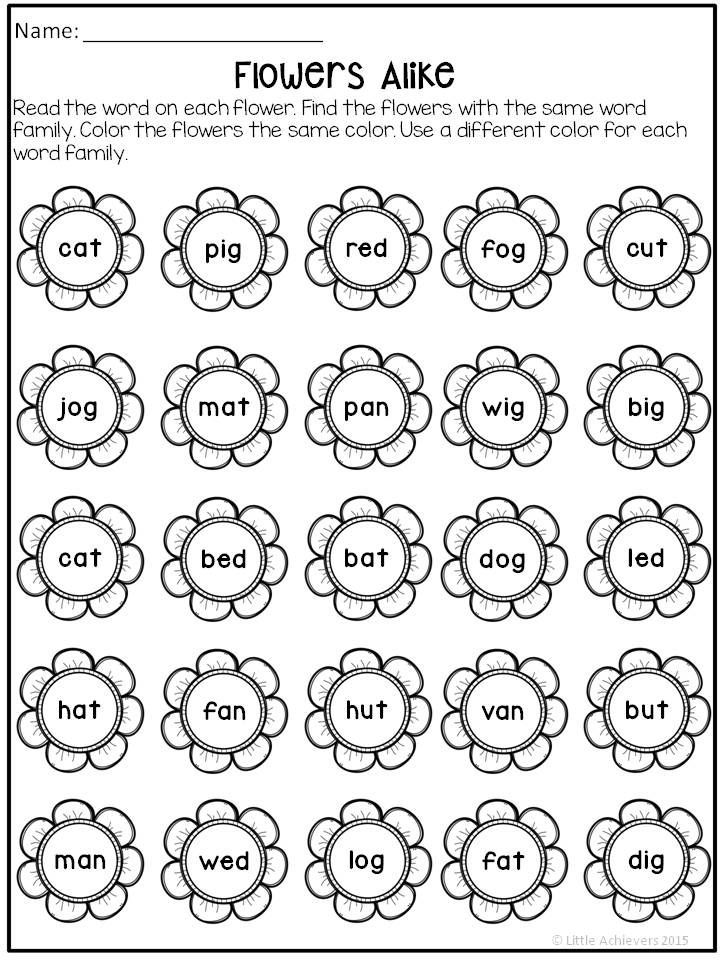 Cognitive empathy (understanding of emotions).
Cognitive empathy (understanding of emotions).
2. Emotional empathy (empathy).
3. Empathic care (interest, concern, responsibility).
If only one or two elements are present in a person's behavior, then we are not dealing with empathy in the traditional sense, but with other phenomena: sympathy, anxiety, malevolence, signs of sociopathy and Machiavellianism. nine0003
Broken heart
For a visual understanding of the phenomenon of empathy, let's get acquainted with a real case presented in Stephen Covey's book Living Using the Seven Habits. The story is called "The First Time My Heart Broke".
“When I was 17, I experienced my first cruel disappointment in love. I will never forget this pain. The girl I was dating, without any warning and without any regret, broke off our relationship and immediately began dating my close friend. In an instant, my world collapsed. I remember in my Willys 19 JeepIn 1952, I left for the mountains overlooking my hometown of Redlands, California, determined never to return to school, or to life in general. As evening approached, hunger and pain forced me to return home. I didn't say anything, but looking into my eyes, my parents apparently understood what had happened. I couldn't eat, so I went to my room, threw myself on the bed and cried. I sobbed and sobbed. After a while the door to my room quietly opened, and I felt that my father was standing by my bed. He carefully pulled back the covers and sat down beside her. He wrapped his strong warm arms around me and pulled me tighter than ever. He warmed me - my body, heart and soul. nine0366 As I continued to sob, I felt his strength and warmth. And then my father began to cry with me. I felt his chest tremble with sobs. He pressed his face against mine, and I felt his warm tears flow down my cheek, merging with my tears. He didn't say anything. Just cried. I cried because I was in pain. He cried because he loved me and felt my pain. After a while, my sobs subsided, and the pain was replaced by relief. My father got up, covered me up to my chin and put his hand on my shoulder.
Then he said, “Son, I promise the sun will rise again. I love you". Then he left, as quietly as he had appeared. He was right. The sun has risen again. I woke up, put on my best, polished my Jeep and went to school. nine0003
Life went on, in a way even more fulfilling, because I now knew that I was loved just the way I was. My father showed me what real empathy means. Recently, I quietly lowered the lid of my father's coffin. Before I did that, I paused a little, stroked his beard and remembered that night.”
Understanding
Although empathy is usually defined as empathy (that is, an emotional process), the cognitive component is present in it and is mandatory. Thanks to cognitive empathy, we understand what a person feels, and we can characterize it with some words, for example, “sadness”, “grief”, “joy”, “disgust”. nine0366 Cognitive empathy allows us to understand the causes and motives of experiences, as well as ways to influence the emotional state of a person.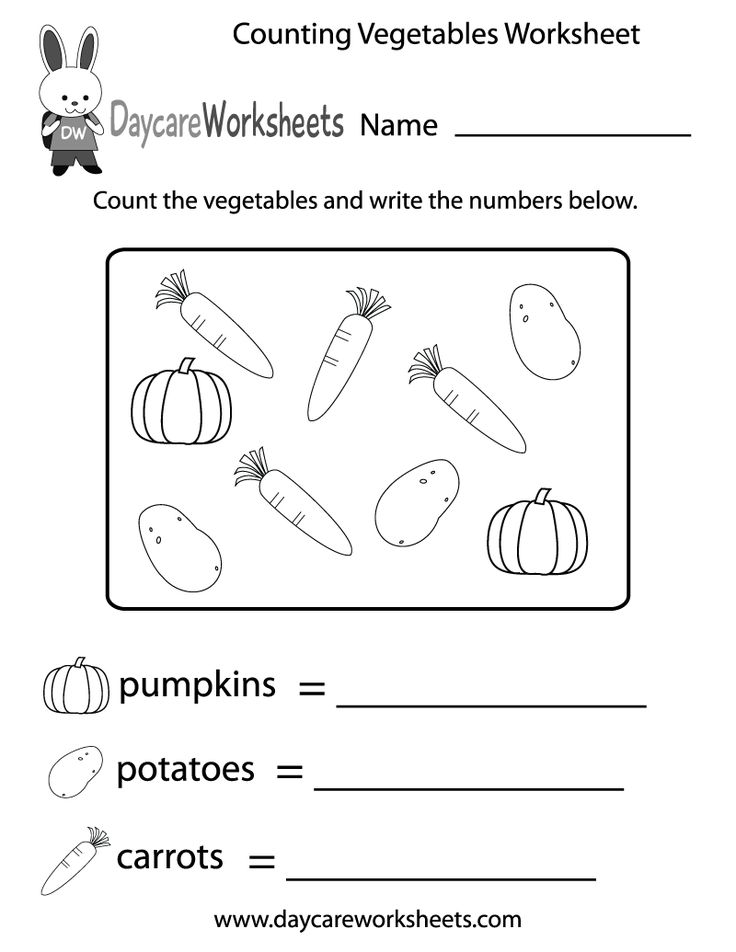
In the described story, the father perfectly understood the state of his son, although the child did not give any explanations.
Empathy
Also in this story, the father wept with his son. This is a manifestation of the emotional component of empathy.
Research shows that during empathy, the same areas of the brain become active in a person that are active in the person with whom he empathizes. That is, empathy is empathy in the truest sense of the word. We can literally feel what the other person is feeling. nine0003
This ability is based on our self-awareness, the ability to understand and experience our feelings. We belong to the same species of living beings, we have the same nervous system, receptors and hormones. When we see other people, we instantly connect this data with our experience and can experience the same emotions.
It was easy for the father to empathize with his son, because his experience included relationships with women and feelings of separation.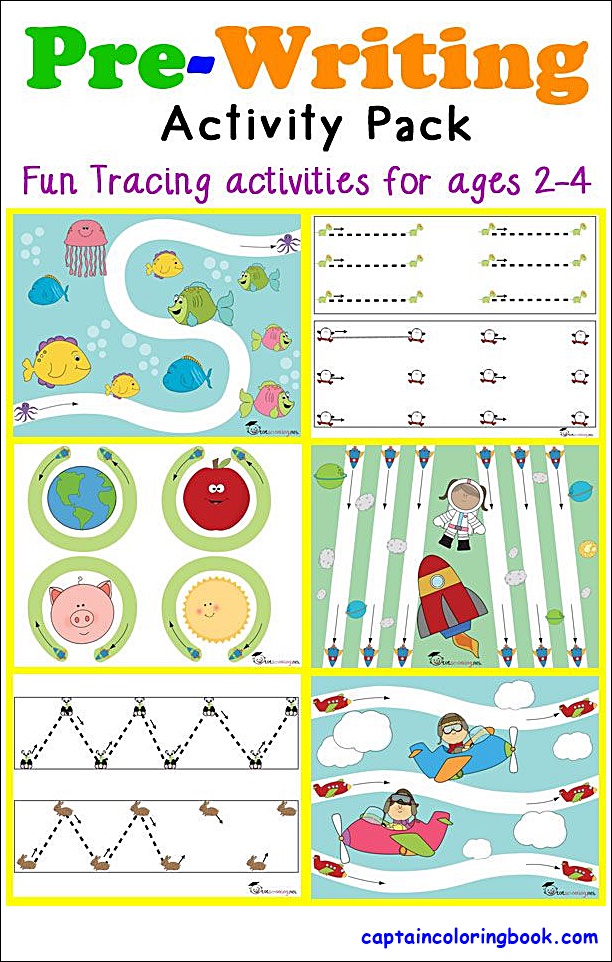 Or even if he did not have such an experience, then he certainly had an experience of mental pain for any other reason. nine0003
Or even if he did not have such an experience, then he certainly had an experience of mental pain for any other reason. nine0003
In people with traits of sociopathy and Machiavellianism, the emotional component of empathy is underdeveloped. The inability to empathize also leads to a lack of empathic care. At the same time, the cognitive component of empathy and, in general, their intellectual abilities are normal. They understand and use information about other people's emotions to achieve their goals, manipulate people and deceive. They say about such people that they have a stone in their chest. The areas of the brain responsible for experiencing emotions are passive when they observe other people. Only the speech centers are active, that is, they tell themselves with words about other people's emotions. nine0003
However, the ability to turn off emotional empathy is also needed by normal people in their personal and professional lives. For example, a surgeon needs to be cool and precise in order to do his job well.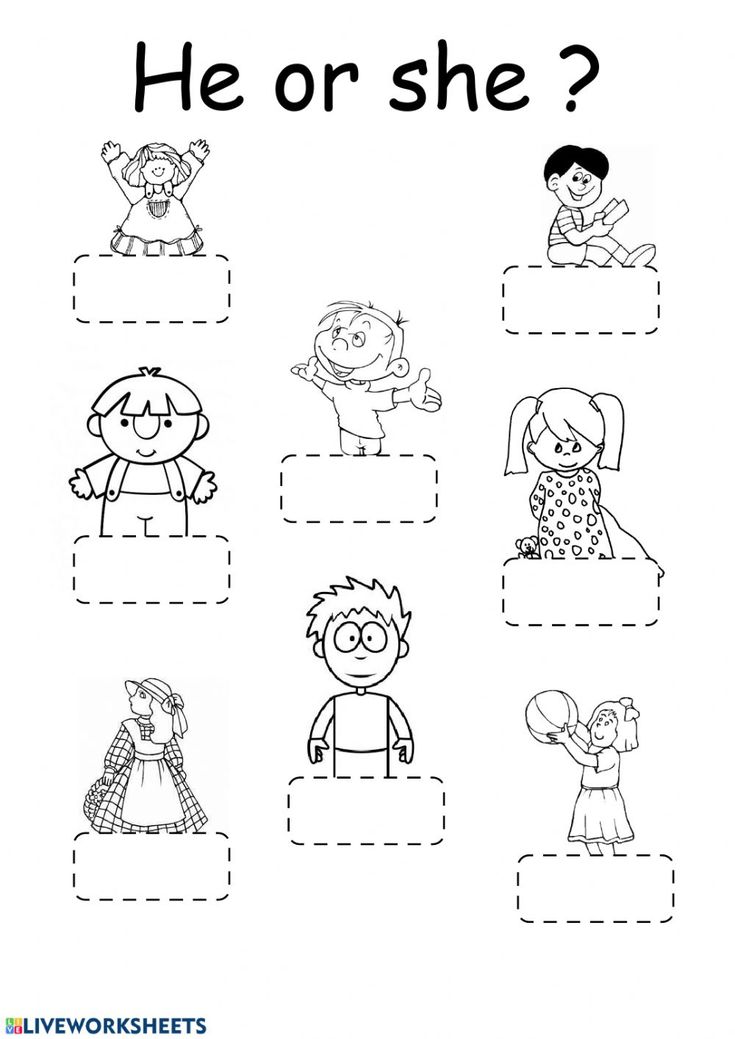 Emotions get in the way.
Emotions get in the way.
At the same time, one must be able to turn off the emotional component of empathy, leaving the cognitive component and care on. No one likes completely cold, distant doctors who pay no attention to the patient's worries.
Care
The third element of empathy is empathic care. This means that we want to help another person, that we feel responsible for his well-being, that we care about him.
In the story “The First Time My Heart Broke,” the father not only understood his son's condition and the reasons for this condition, he not only sympathized with him. He also wanted to help his son, wanted to alleviate his condition. Therefore, he came to his room, embraced him, stayed by his side, expressed his compassion, shared his grief with him and spoke words of comfort. nine0003
Cognitive and emotional empathy without caring can take the form of gloating. This situation arises when we observe the suffering of a person unpleasant to us.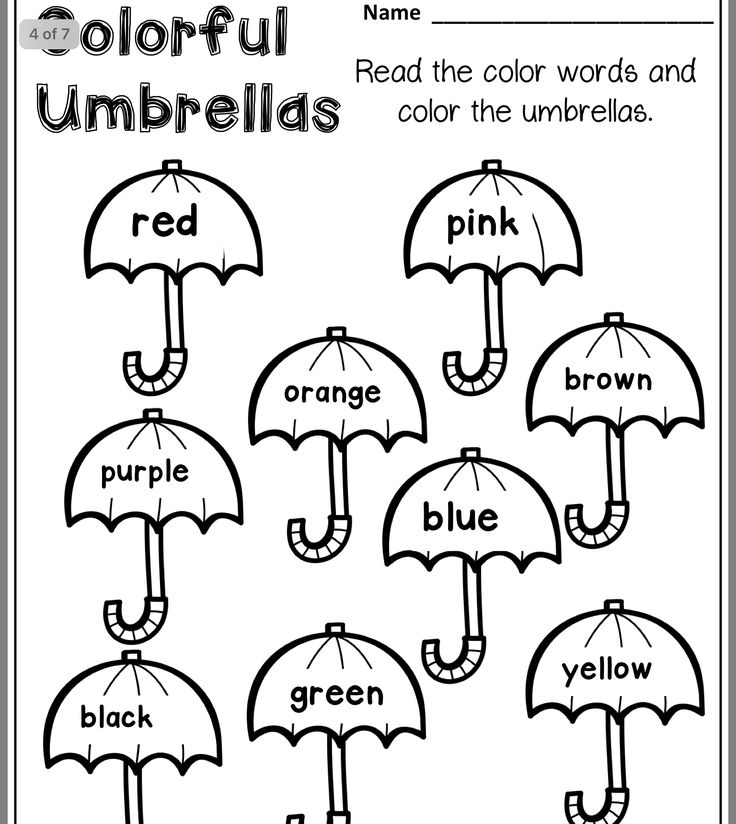
But empathic care without cognitive and emotional types of empathy can take ugly forms. For example, unnecessarily anxious mothers may be very worried about the well-being of their child. But without an understanding of his condition and the circumstances in which he is, there is no benefit from this anxiety for the child. Such concern only leads to the fact that the child becomes anxious, timid, shy and fearful. nine0003
In its socially acceptable form, empathic concern without empathy is called sympathy. Many people wish everyone well. But we cannot deeply sympathize with the misfortune or delight of each of our acquaintances. In these situations, we limit ourselves to sympathy and express it in standard phrases: “Please accept my condolences”, “Can I help you with something?”, “This is a heavy loss”, “This is wonderful!”, “Great!”.
But even with such good sympathy one must be careful. Without understanding and empathy, you can easily hurt. For example, in a story about a broken heart, any attempts by the father to show naked sympathy in words (without understanding and empathy) would only worsen the son's condition.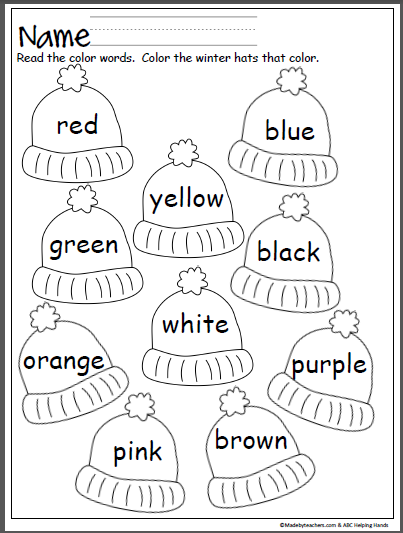 It’s like pouring salt on a wound: “Son, what happened?”, “Your girlfriend left you?”, “Yes, it’s hard”, “I also took my first breakup painfully”, “But time heals”, “Do you know how many will you still have it?" Such sympathy only shows the person that he is alone in his experience. This understanding of loneliness only exacerbates his condition. nine0003
It’s like pouring salt on a wound: “Son, what happened?”, “Your girlfriend left you?”, “Yes, it’s hard”, “I also took my first breakup painfully”, “But time heals”, “Do you know how many will you still have it?" Such sympathy only shows the person that he is alone in his experience. This understanding of loneliness only exacerbates his condition. nine0003
Oxygen
There is such a figurative expression - "psychological oxygen". So they say about basic psychological needs. Among them is the desire to be understood. Happiness is when you are understood. It is empathy that satisfies this need. The greater our capacity for empathy, the greater the happiness in our world.
A side effect of empathy is a tremendous increase in the ability to influence people. A person who has been understood feels happier and, in gratitude for this, is ready to understand the one who understood him. nine0003
But often we don't try to show empathy because it takes time.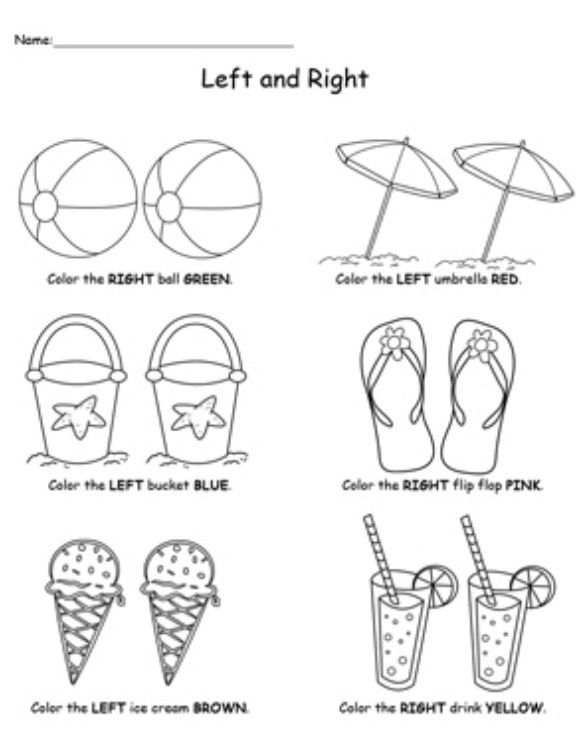 We are in a hurry. It seems to us that understanding, empathy and care are an irrational waste of time that can be spent on achieving specific results, and not on “idle chatter”.
We are in a hurry. It seems to us that understanding, empathy and care are an irrational waste of time that can be spent on achieving specific results, and not on “idle chatter”.
In fact, empathy speeds up the resolution of issues and greatly increases efficiency. In human relationships, fast means slow, and slow means fast. The quieter you go, the further you'll get.
For example, patients are less likely to follow the recommendations of doctors who are completely devoid of empathy and are more likely to sue them for medical errors. Although the number of medical errors they have no more than other doctors. That is, a few minutes of attention to the patient save the doctor from lengthy and expensive litigation. nine0003
Actively listening
Empathy is highly dependent on the direction of our attention. It is enough to turn your back on the person or bury your head in the phone to make empathy impossible.
When communicating with a person, practice active listening: look at his facial expressions, gestures, postures, pay attention to intonation, think about the meaning of words.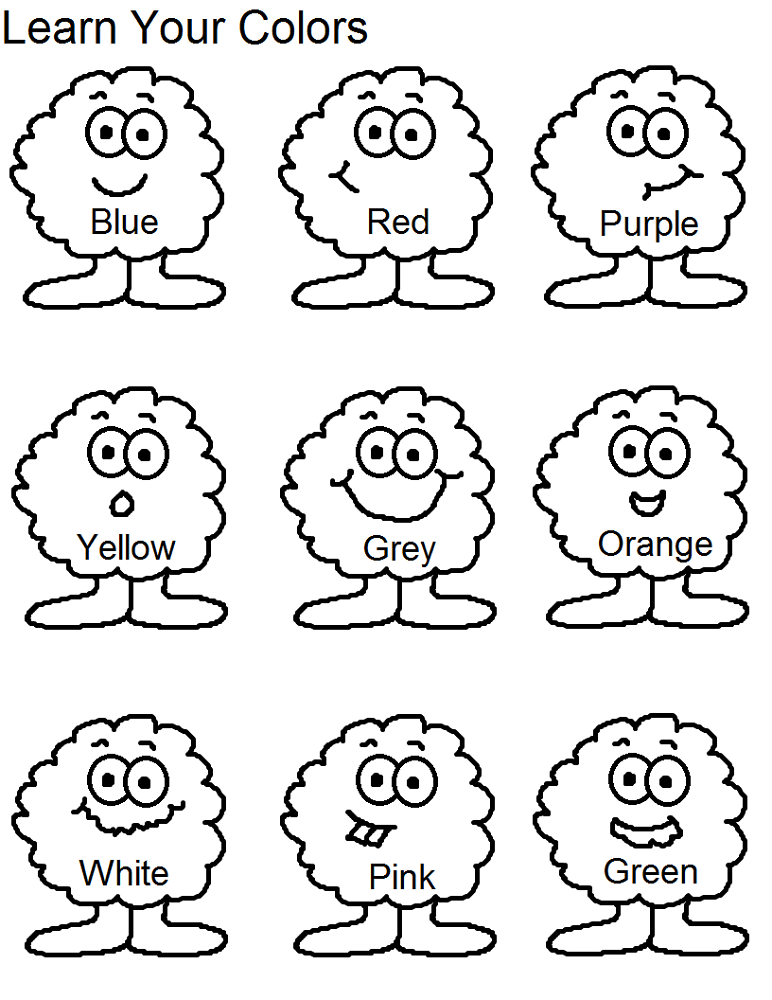 The more attentive we are to others, the better our ability to understand and empathize with them.
The more attentive we are to others, the better our ability to understand and empathize with them.
Check out Paul Ekman's exercise book "Know a Liar by Facial Expression". With its help, you will learn to understand the emotions of people by facial expressions. nine0003
Actively understand
Empathy begins with a cognitive component, with an understanding of a person's state and the circumstances associated with this state. Therefore, to develop empathy, you need to develop your ability to think, understand.
In counseling, I often recommend that parents develop the habit of first seeking to understand their child and only then seeking to be understood. Usually parents object to this that the child does not tell them anything, so they cannot understand him. nine0003
In fact, understanding a person and listening to a person's words are not the same thing. To understand a person means to do inner thought work. Listening to a person means that the one who speaks should do the work.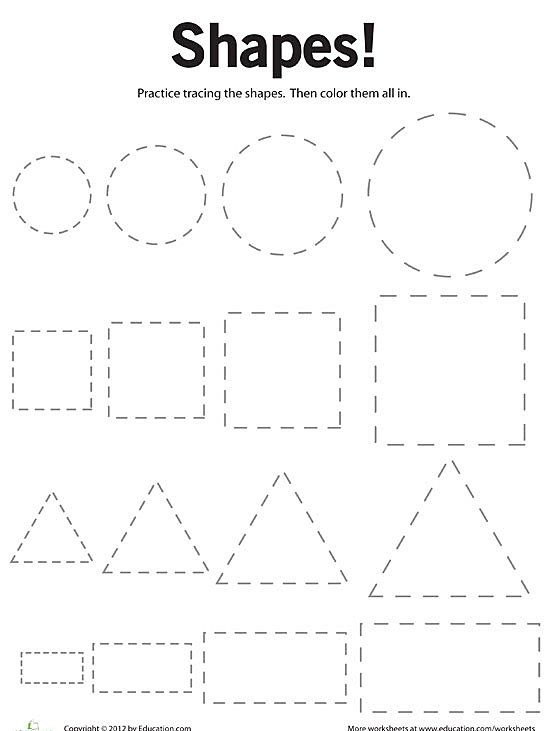
Moreover, words are usually not needed to understand. No more than 10% of information can be conveyed through words. Another 30% of information is transmitted through the way a person speaks: intonation, volume, tempo. For example, the phrase "I hate you" can mean either "I hate you" or "I love you". Meaning depends on intonation. nine0003
A 60% of the information is transmitted without words at all: facial expression, posture, gestures, distance between people, touch.
Also, to understand, you need to analyze the circumstances of a person's life. In the story “The First Time My Heart Breaks,” it is seen that the father understood his son’s feelings and the reasons for his feelings without a single word. And it was really easy to understand. It was only necessary to make minimal internal efforts. All it took was a little desire to understand.
The child came in very upset and was crying in his room. What could have upset him so much? Parents know that nothing tragic happened at home.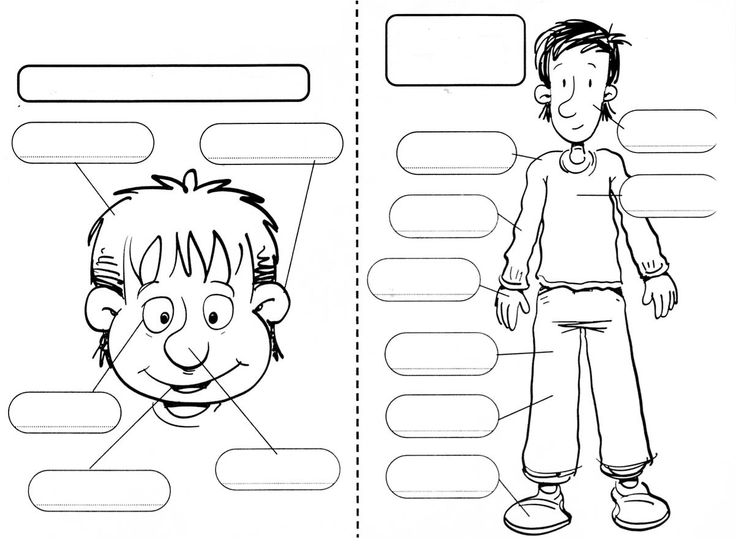 They understand that the cause of such despair cannot be in school problems. A seventeen-year-old boy will not sob inconsolably because of a deuce in some subject. Maybe he is threatened by peers? No, threats from peers would cause fear, and fear is expressed in a completely different way than despair from love disappointment. nine0003
They understand that the cause of such despair cannot be in school problems. A seventeen-year-old boy will not sob inconsolably because of a deuce in some subject. Maybe he is threatened by peers? No, threats from peers would cause fear, and fear is expressed in a completely different way than despair from love disappointment. nine0003
Thus, in order to accurately understand the causes of the child's despair, the parents did not need the child to tell them anything. The parents had all the necessary information. They saw his facial expression, his behavior, knew the circumstances and areas of his life. After doing a little internal work on analyzing all this data, they were absolutely able to understand what happened.
Usually, when people say that they don't have enough verbal explanations to understand, it means that they don't want to understand anything. We are responsible for cognitive empathy. To understand means to strain your brain, to try to think. And this ability is within us.